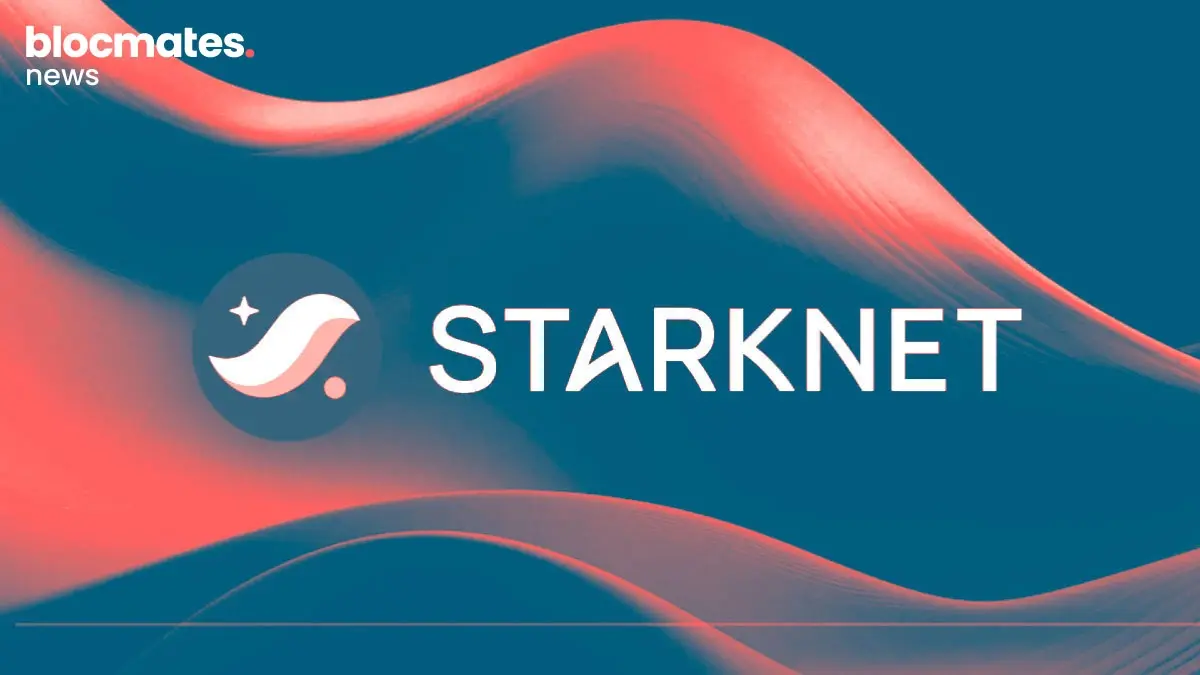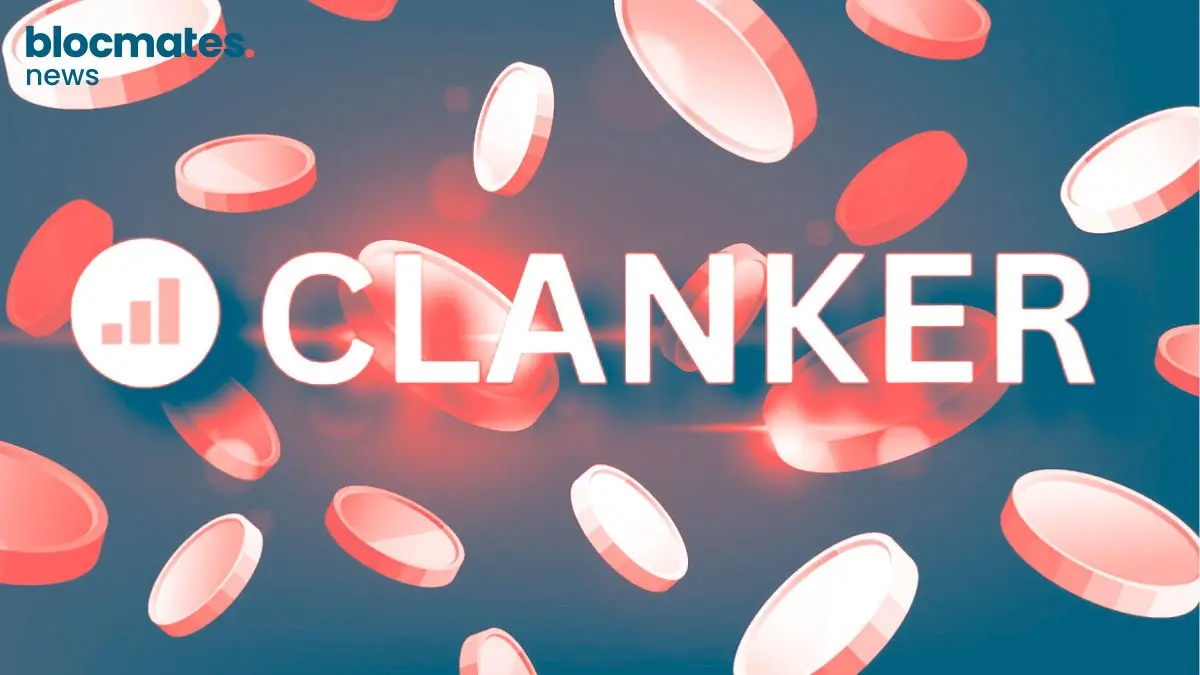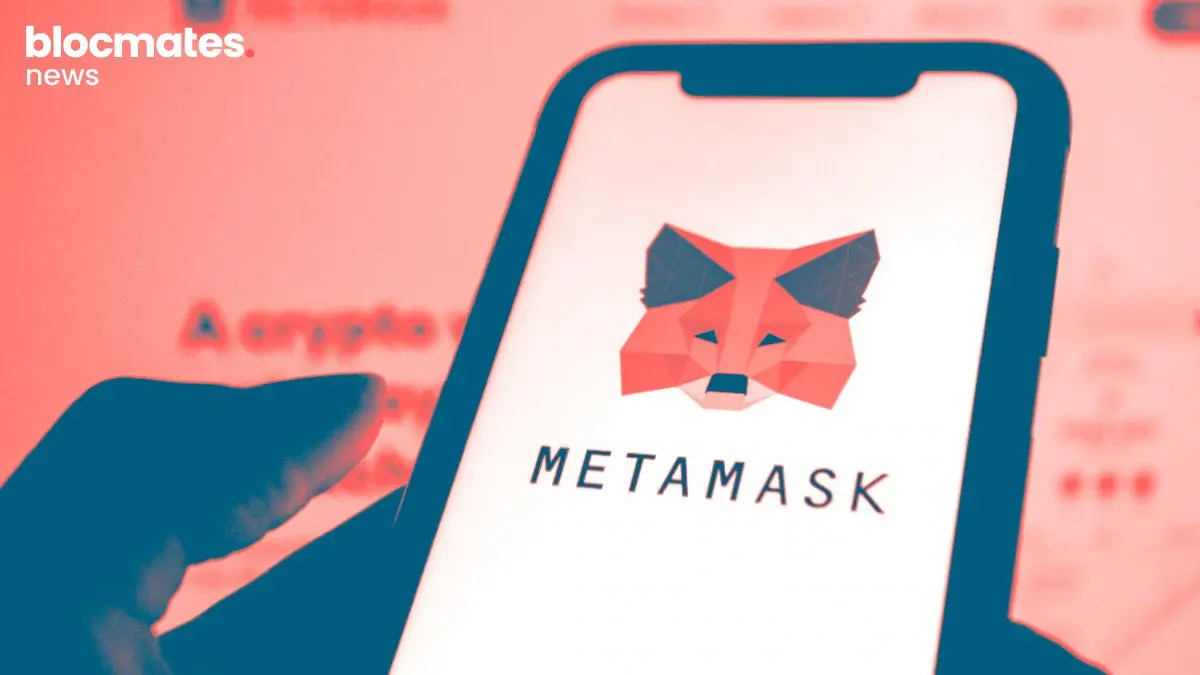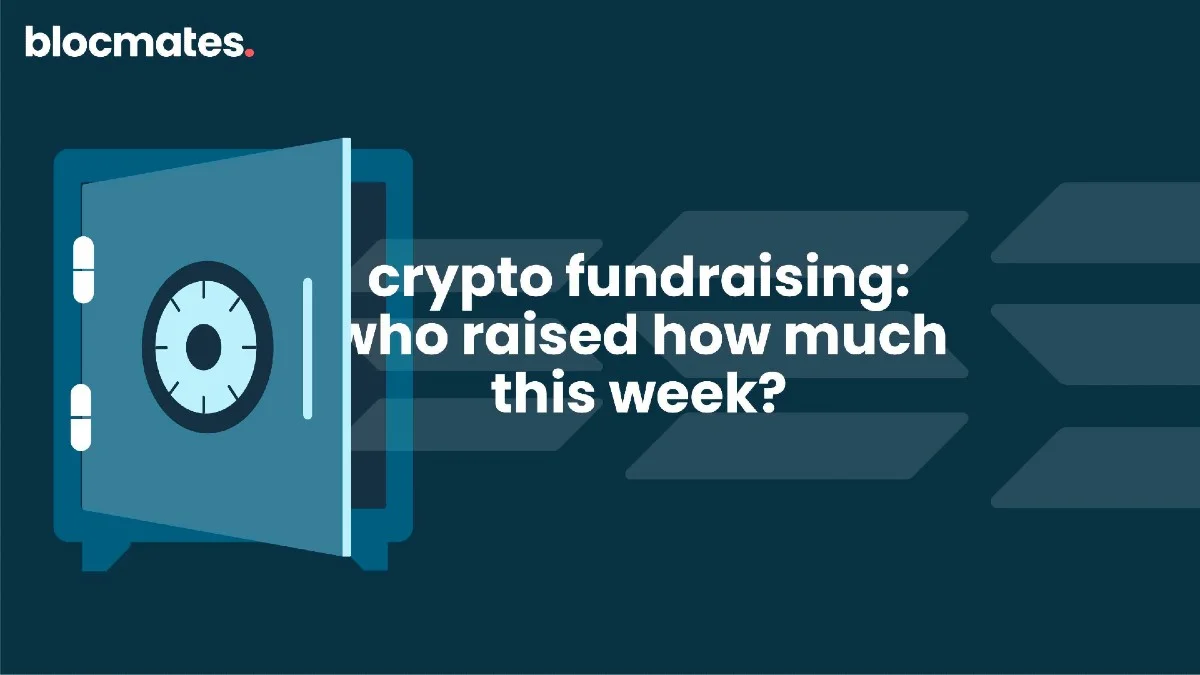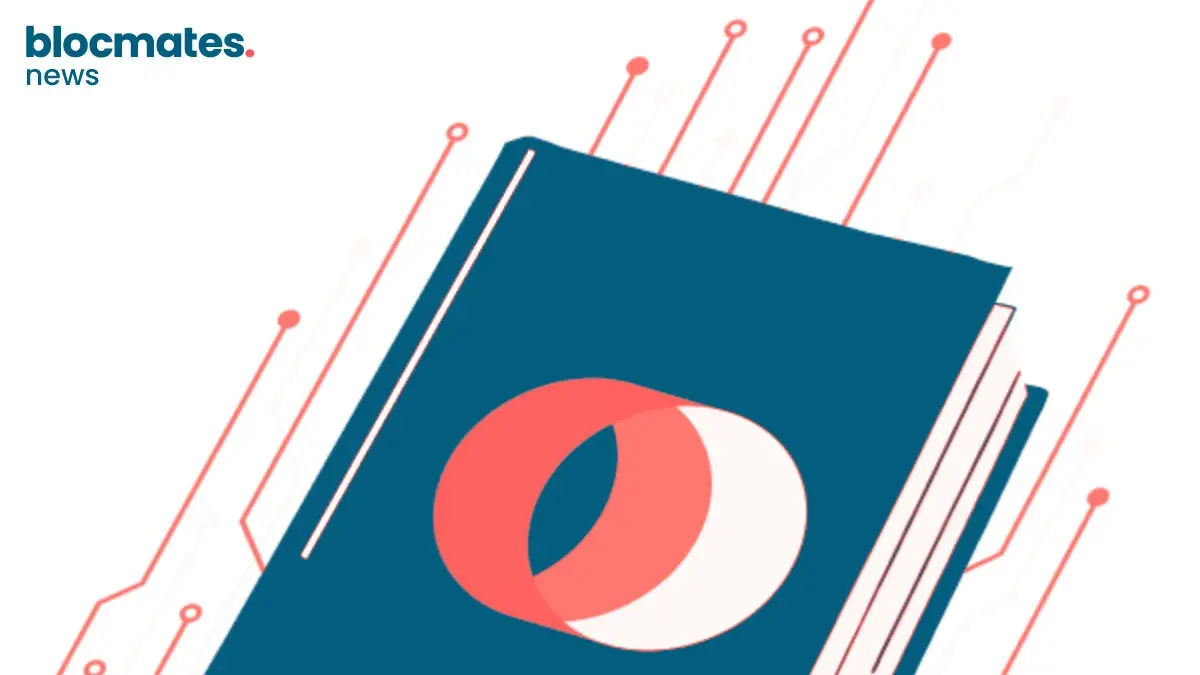The decentralized finance (DeFi) community is undoubtedly abuzz as Uniswap unveils its long-awaited “UNIfication” proposal, a move that could literally reshape how value flows within the world’s largest decentralized exchange.
The plan, introduced by Uniswap founder Hayden Adams alongside Uniswap Labs and the Uniswap Foundation, aims to activate protocol fees that have remained dormant for years and introduce a major token burn mechanism.
The news has already caused quite a sharp rise in market activity, with UNI’s price surging and on-chain engagement hitting its highest levels in nearly two years.
A little context: UNI’s price has increased by over 60% in the past week as its price currently trades at a price above $8.5.
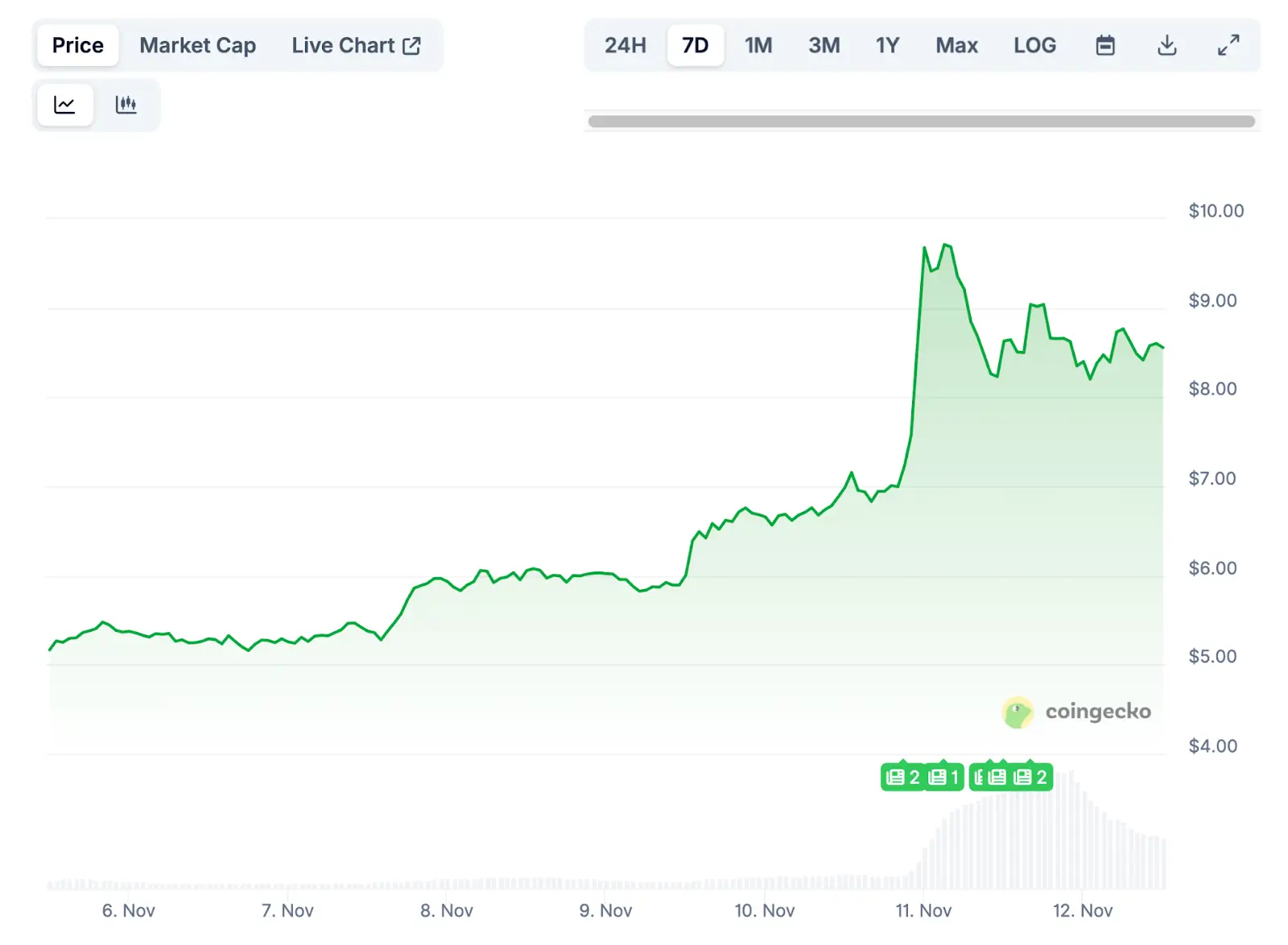
Turning fees into fuel: how the proposal works
Uniswap’s fee switch proposal has been one of the most talked about discussions on CT in recent days. The latest version seeks to redirect a small fraction of trading fees, 0.05% from Uniswap v2 and a share from v3 pools, toward a burn contract that permanently removes UNI from circulation.
On top of that, the plan includes a retroactive burn of 100 million UNI tokens from the treasury, compensating for protocol revenue that went uncollected since launch.
According to on-chain data, the combined effect could significantly reduce UNI’s circulating supply, introducing a deflationary pressure similar to Ethereum’s EIP-1559 model.
Market analytics firm Santiment reported that UNI saw a 70% price jump in the week following the proposal, alongside a surge in whale activity, over 400 large transactions exceeding $100,000 in just two hours. Retail participation is also up, with 1,500+ new wallets created, signaling growing interest across the DeFi ecosystem.
Community reactions and broader implications for DeFi
The excitement hasn’t come without pushback. Some liquidity providers (LPs) argue that diverting trading fees to token burns could reduce their yield, while some others view the move as a necessary evolution to strengthen Uniswap’s token economy.
Analysts like Ki Young Ju have cautioned that the change may shift incentives away from active liquidity provision, while community members on X debate whether the new structure benefits governance participants more than traders.
There are also questions about governance consolidation. With Uniswap Labs playing a central role in executing the proposal, there are worries about creeping centralization, though the Uniswap Foundation maintains that decisions will still go through the DAO’s governance process.
The governance vote for UNIfication will take place over 22 days, including phases for community discussion, a snapshot vote, and on-chain execution.




.webp)





.webp)
.webp)

%20(1).webp)
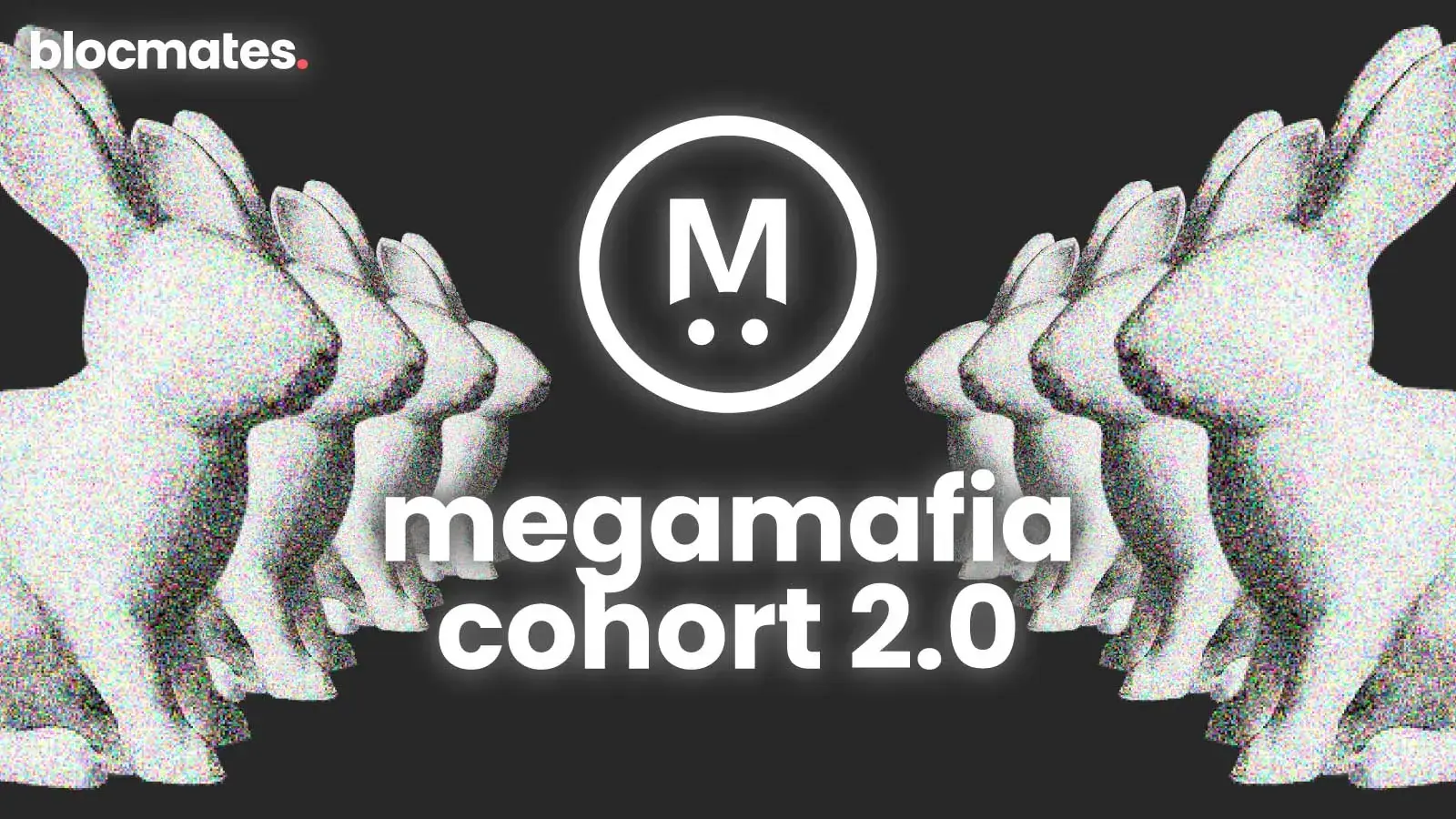
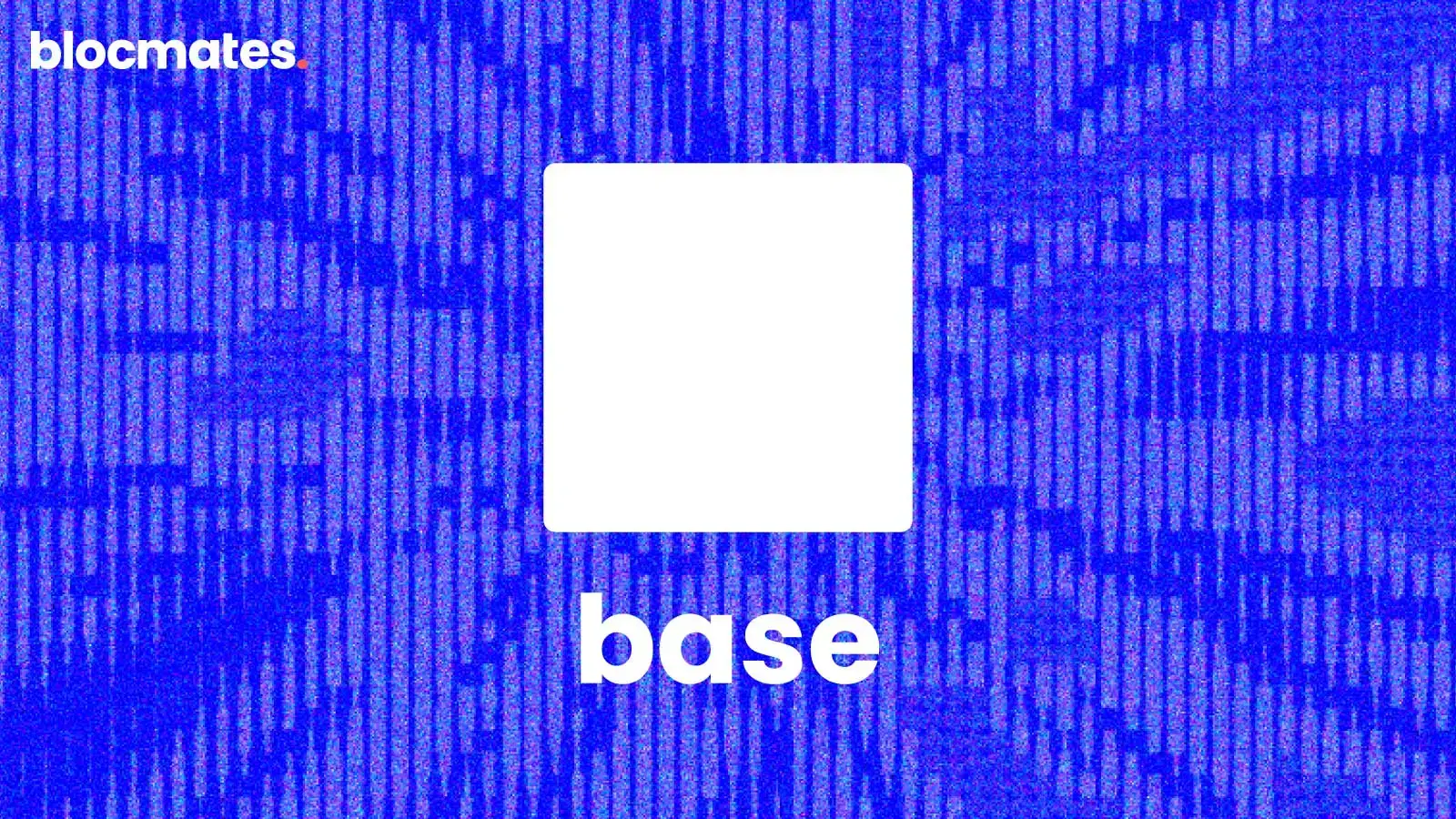
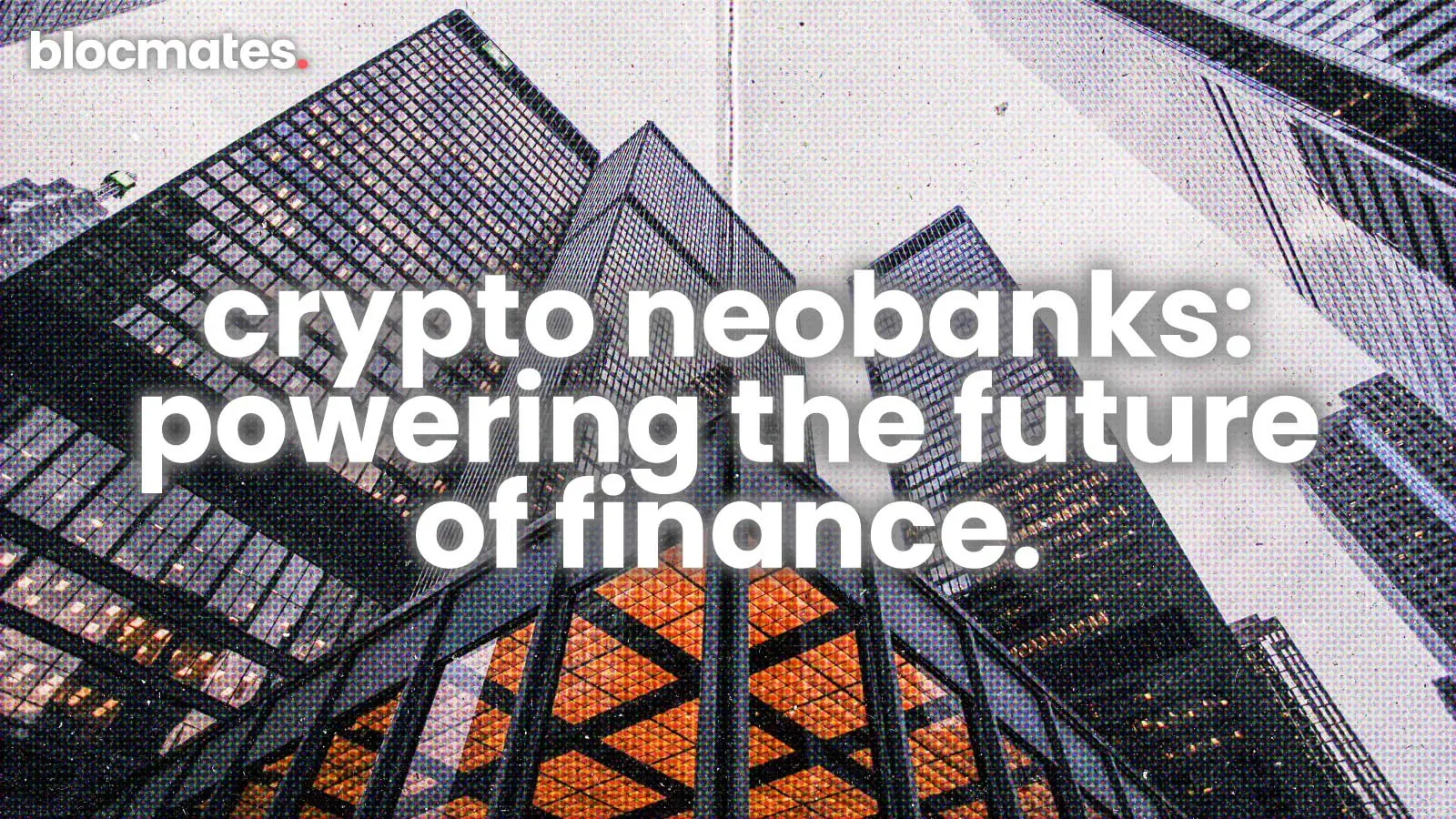


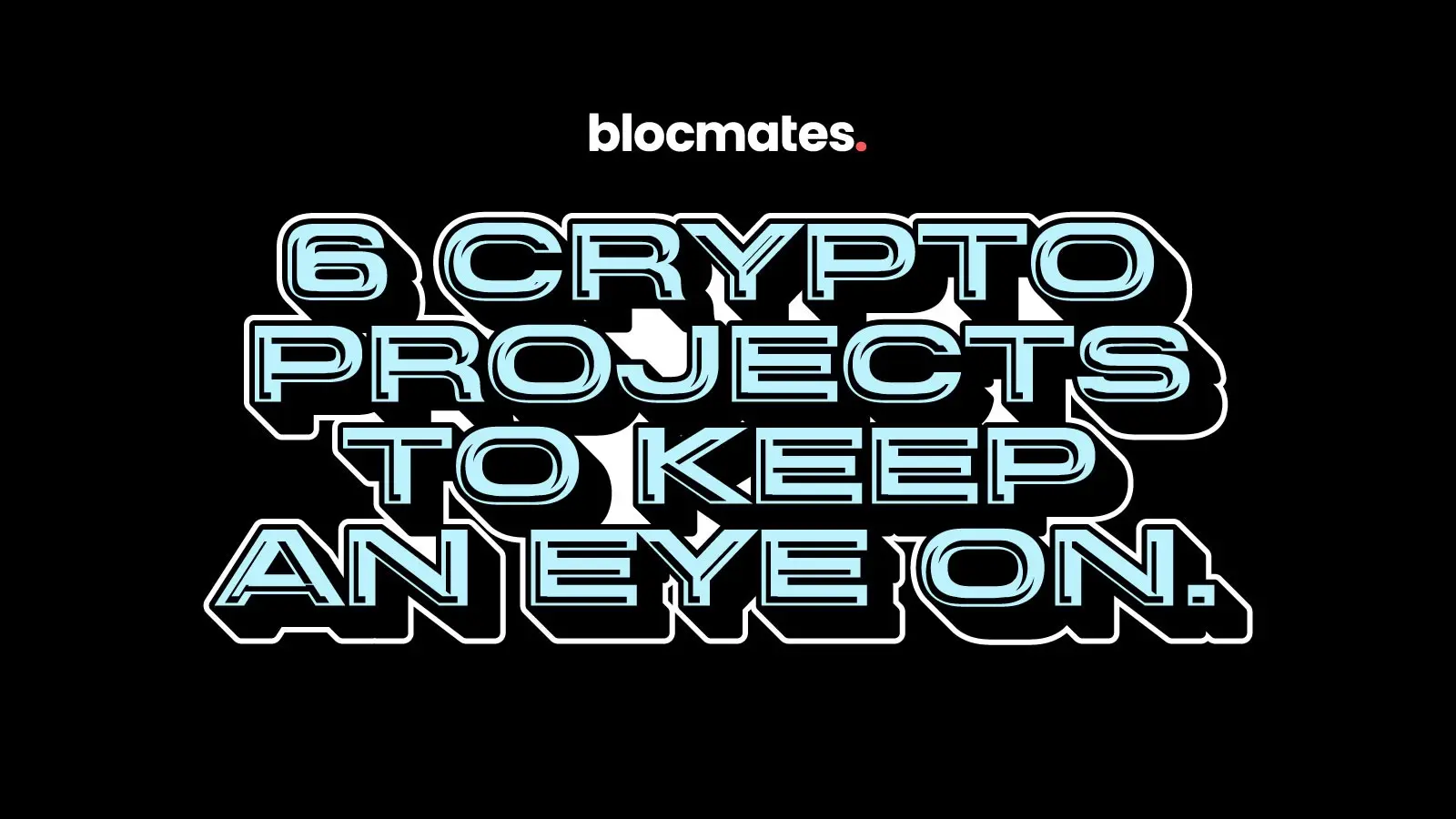
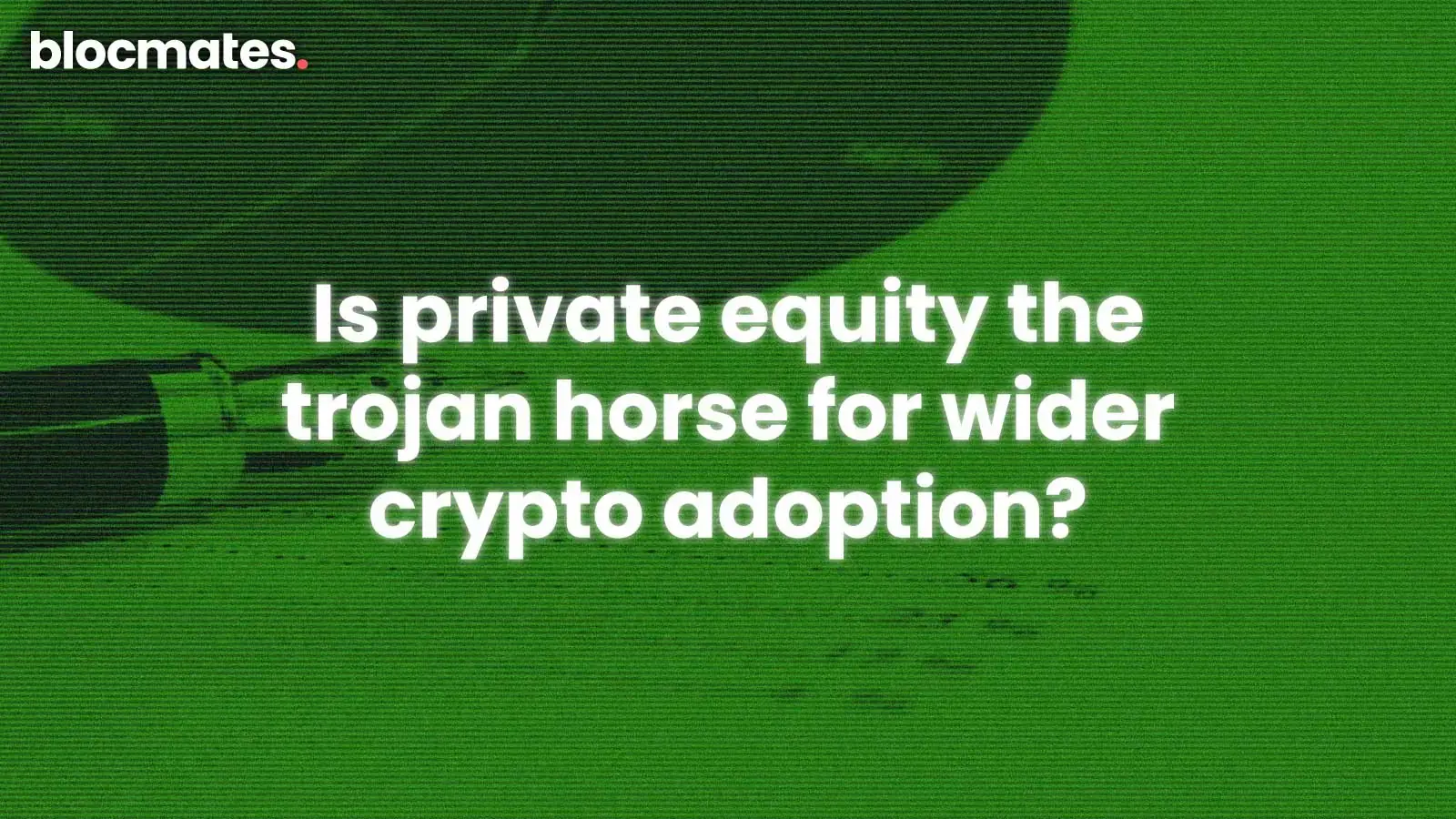
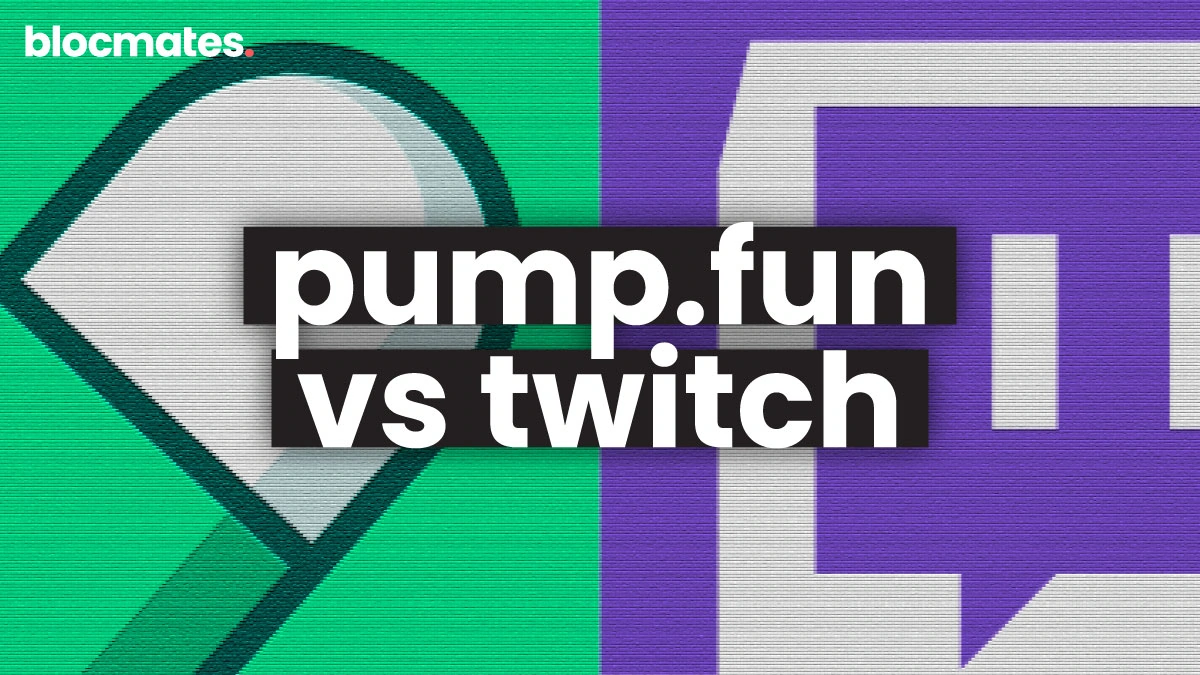

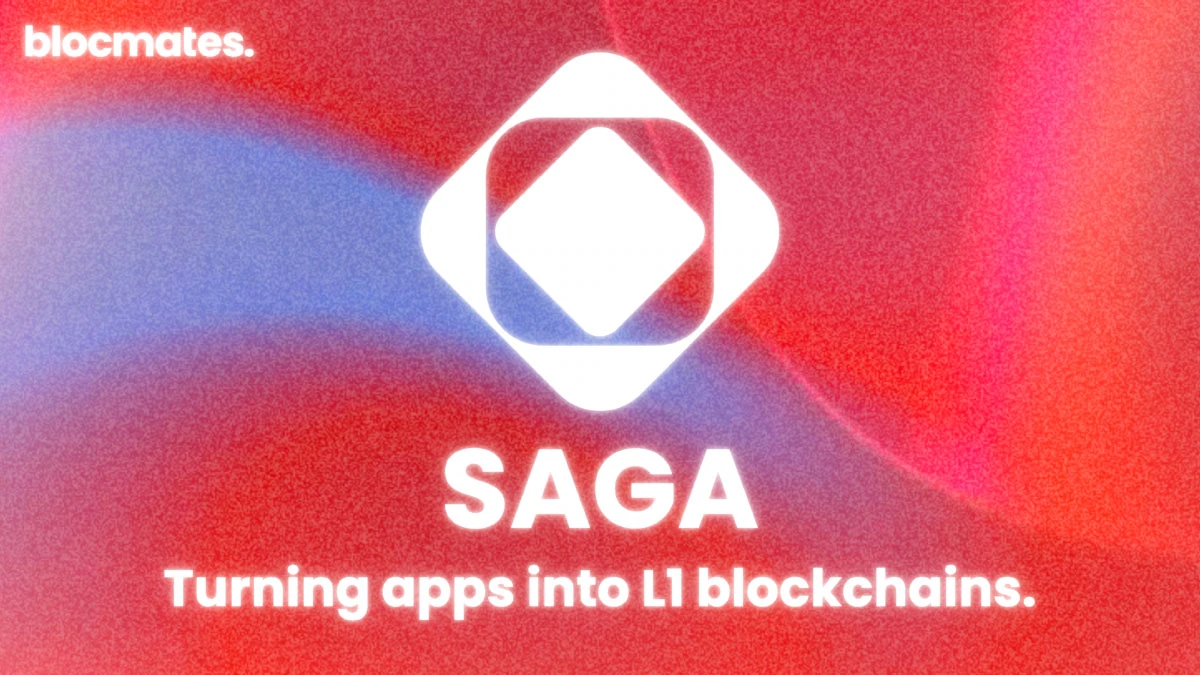



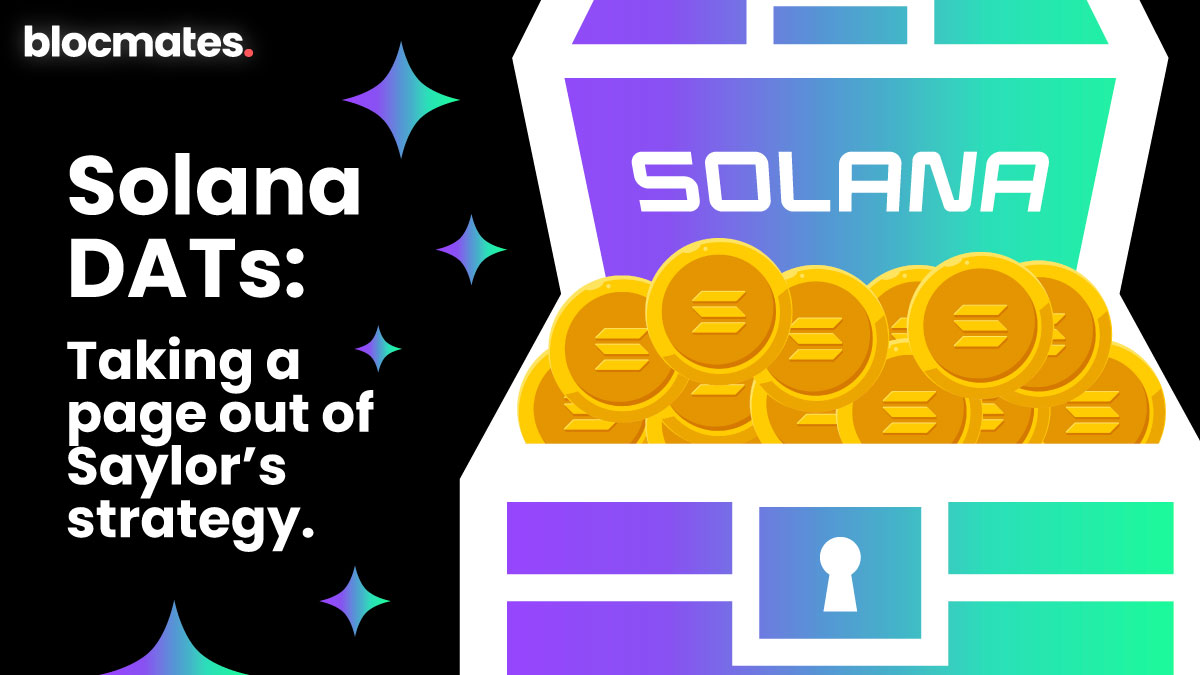

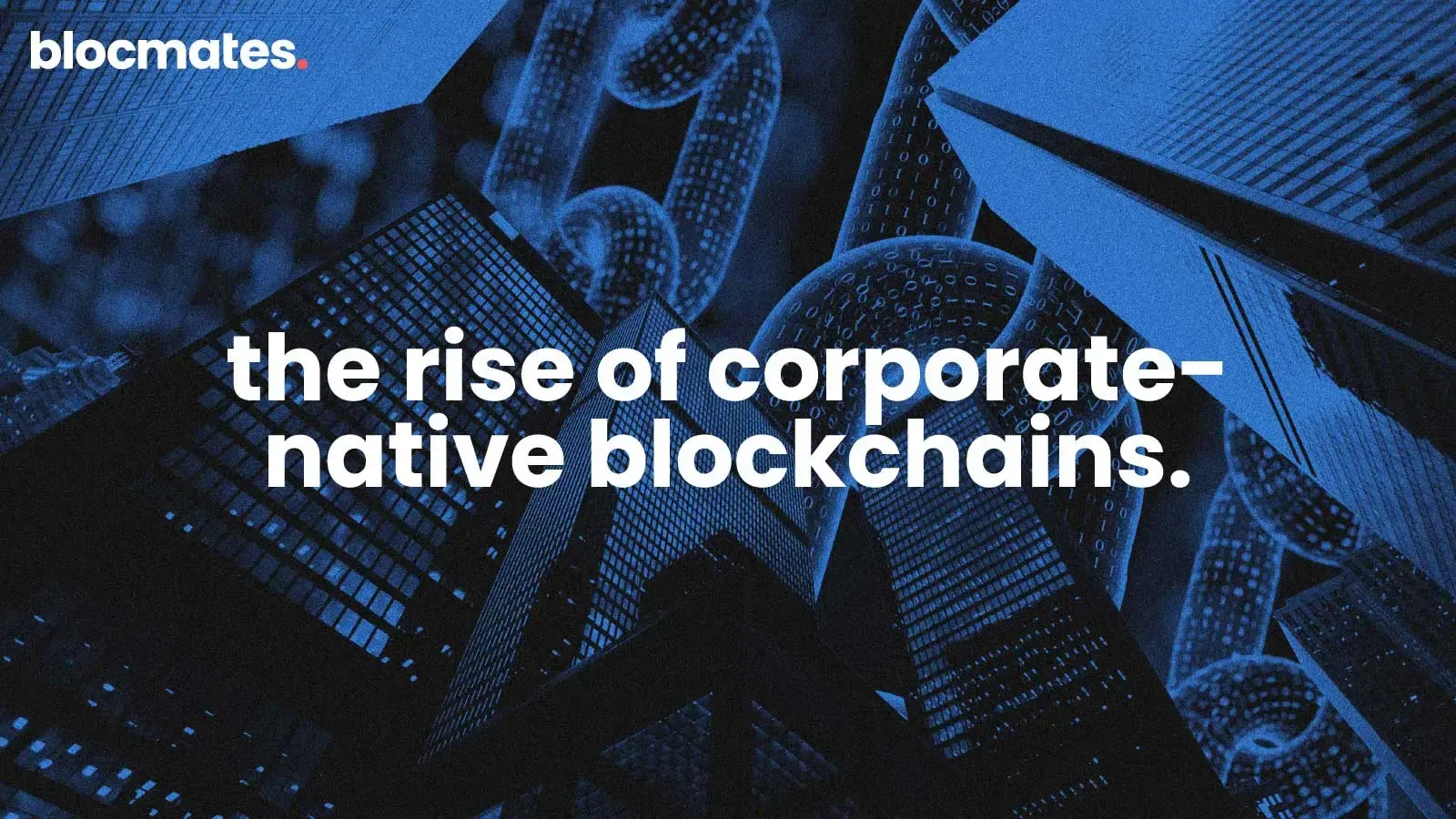
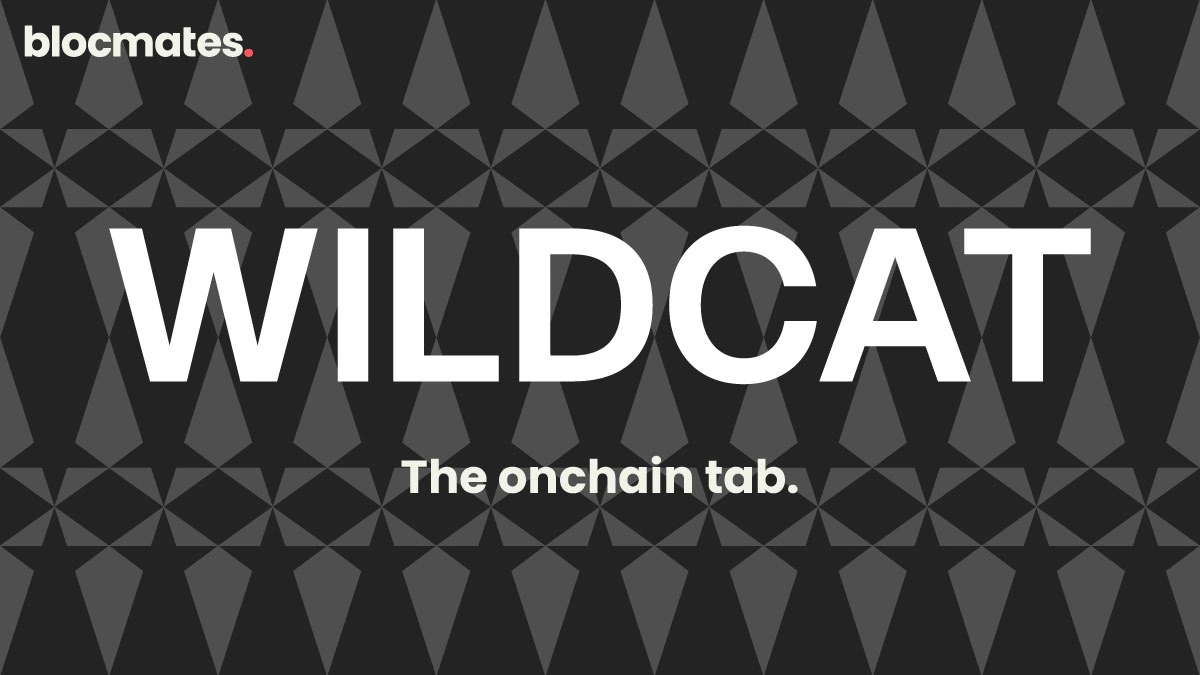


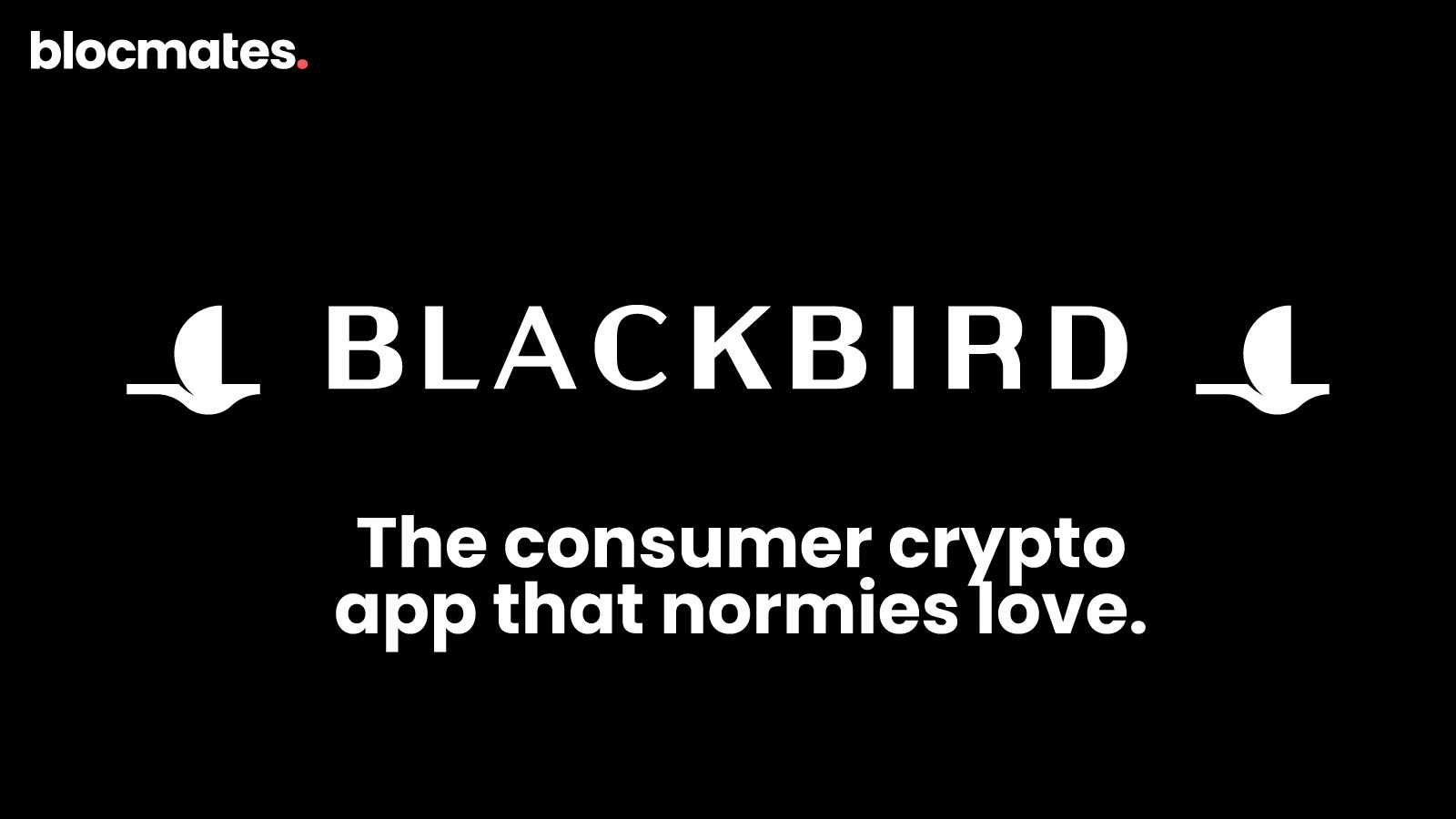
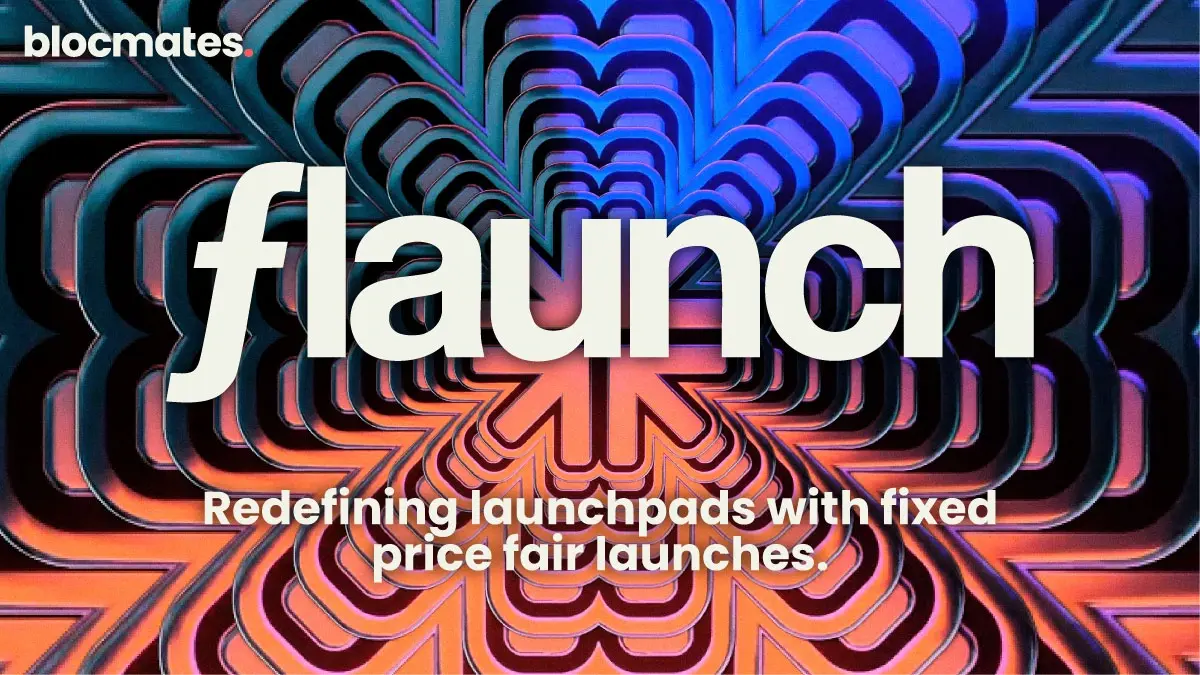




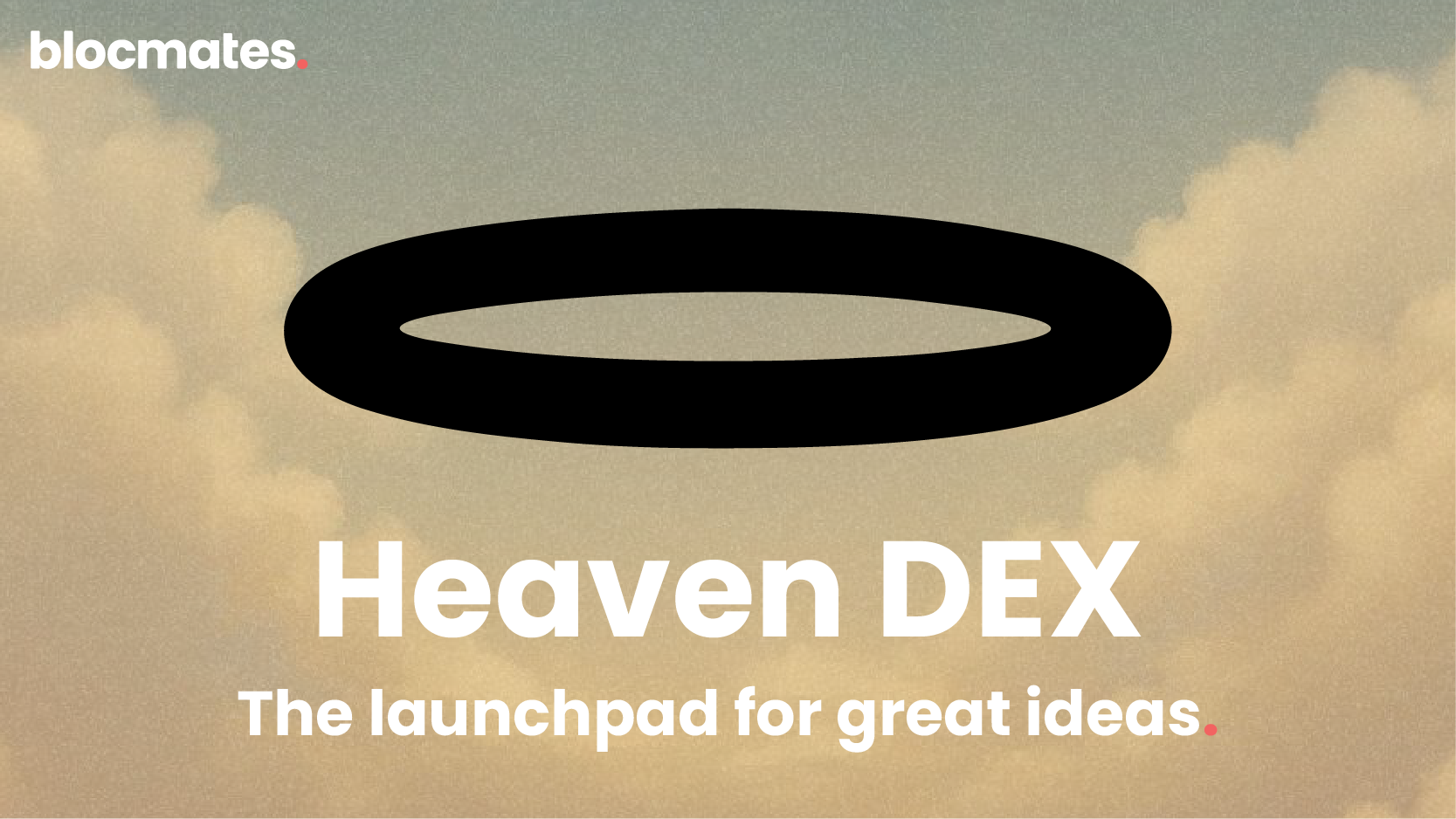
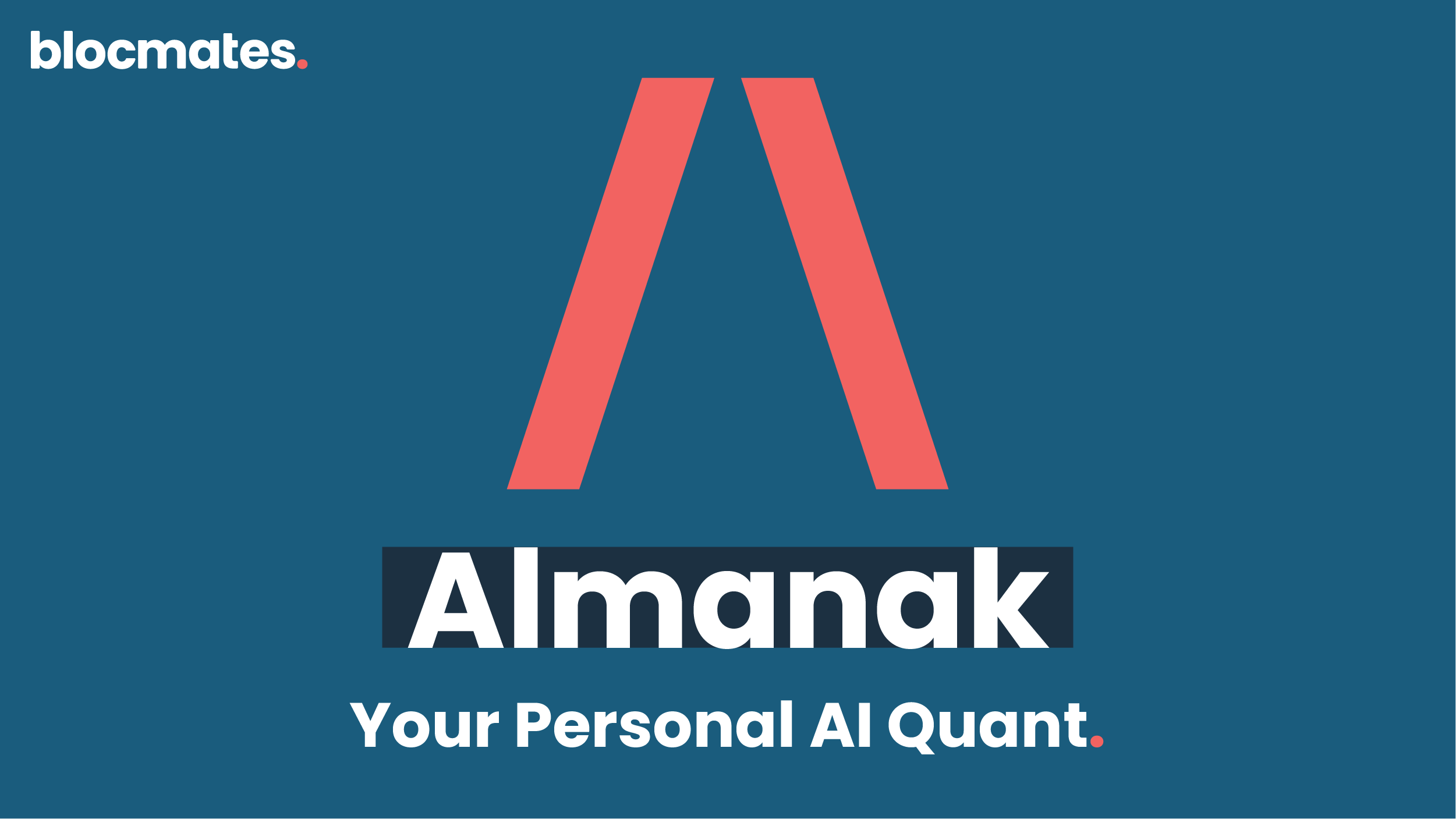
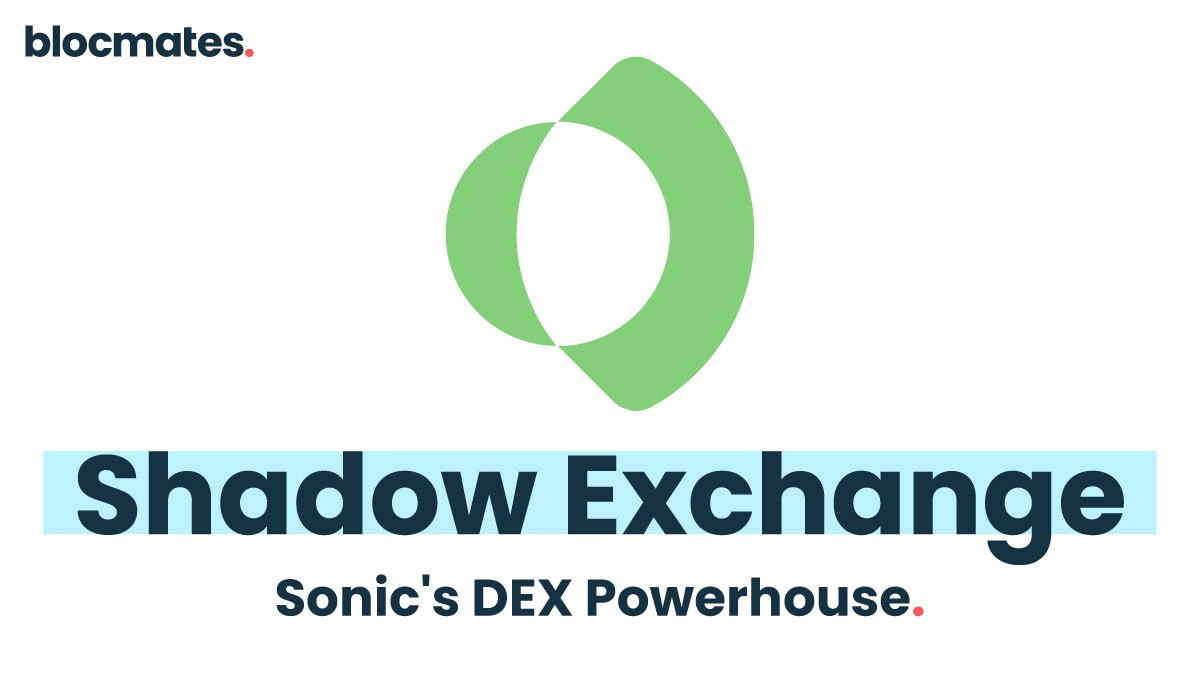
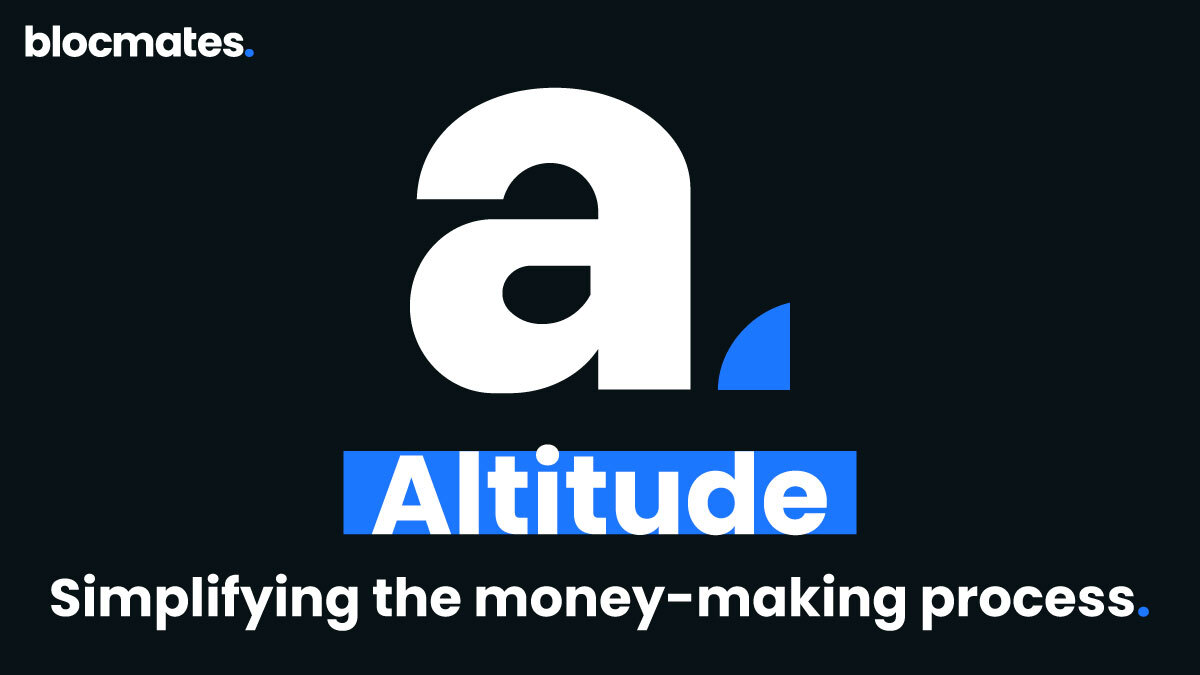
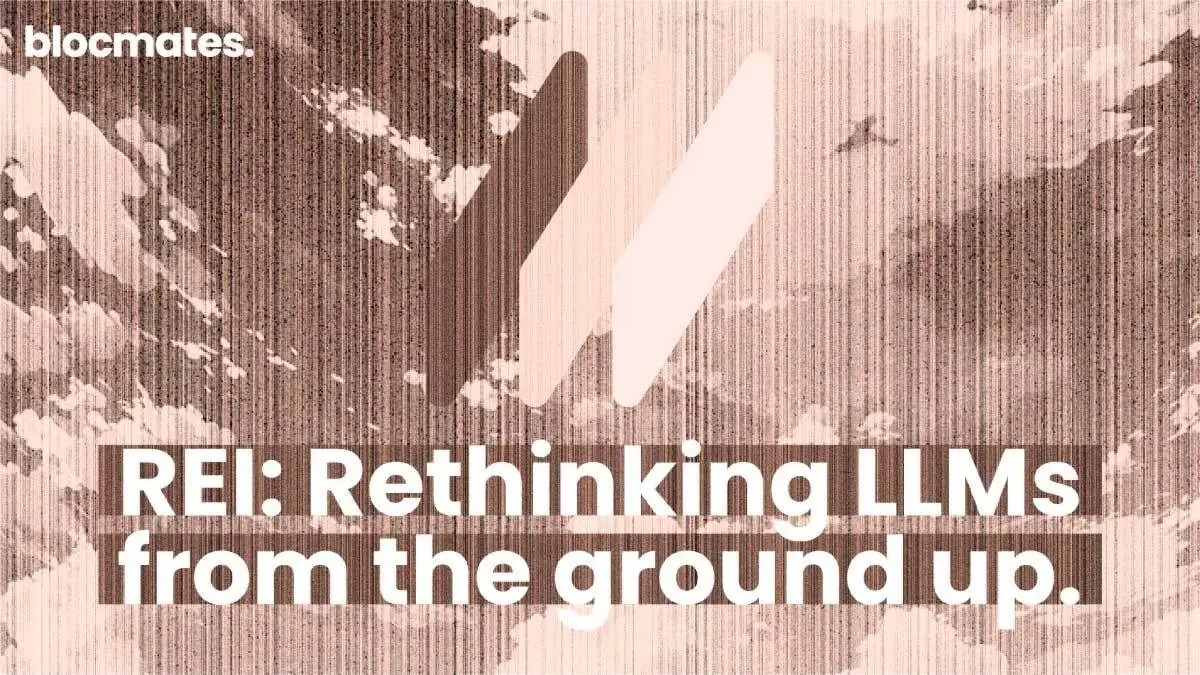
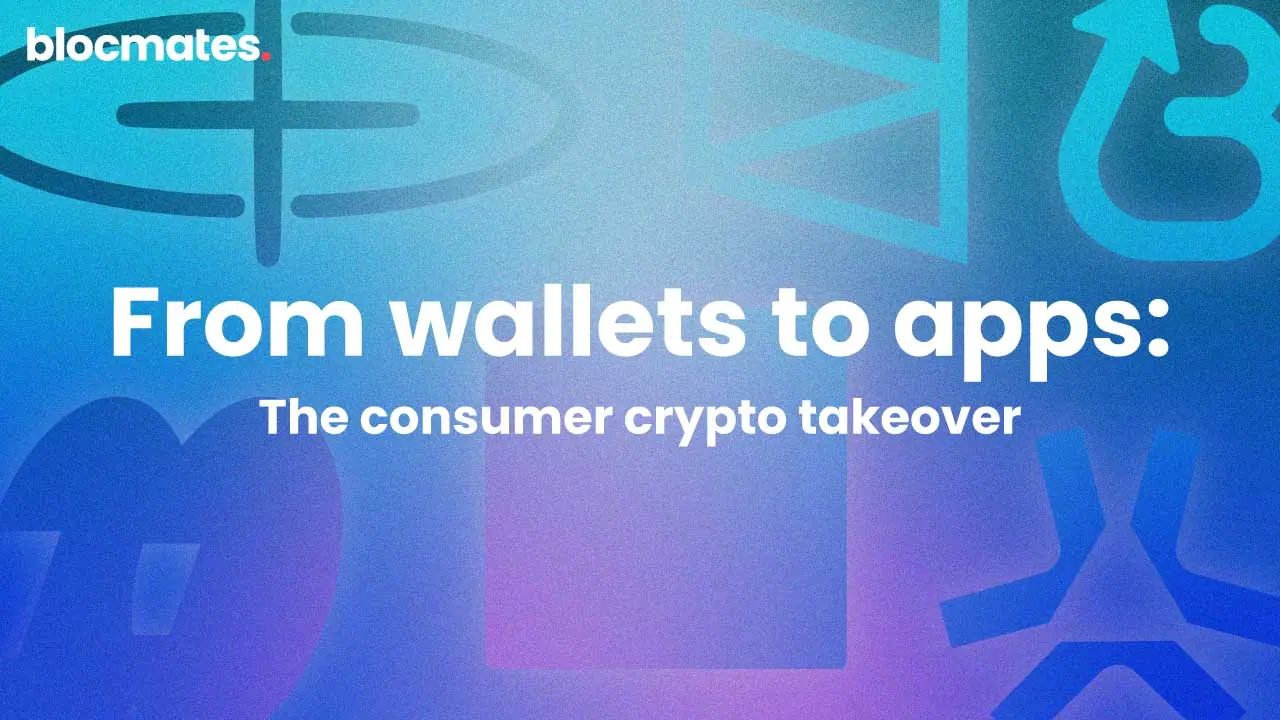
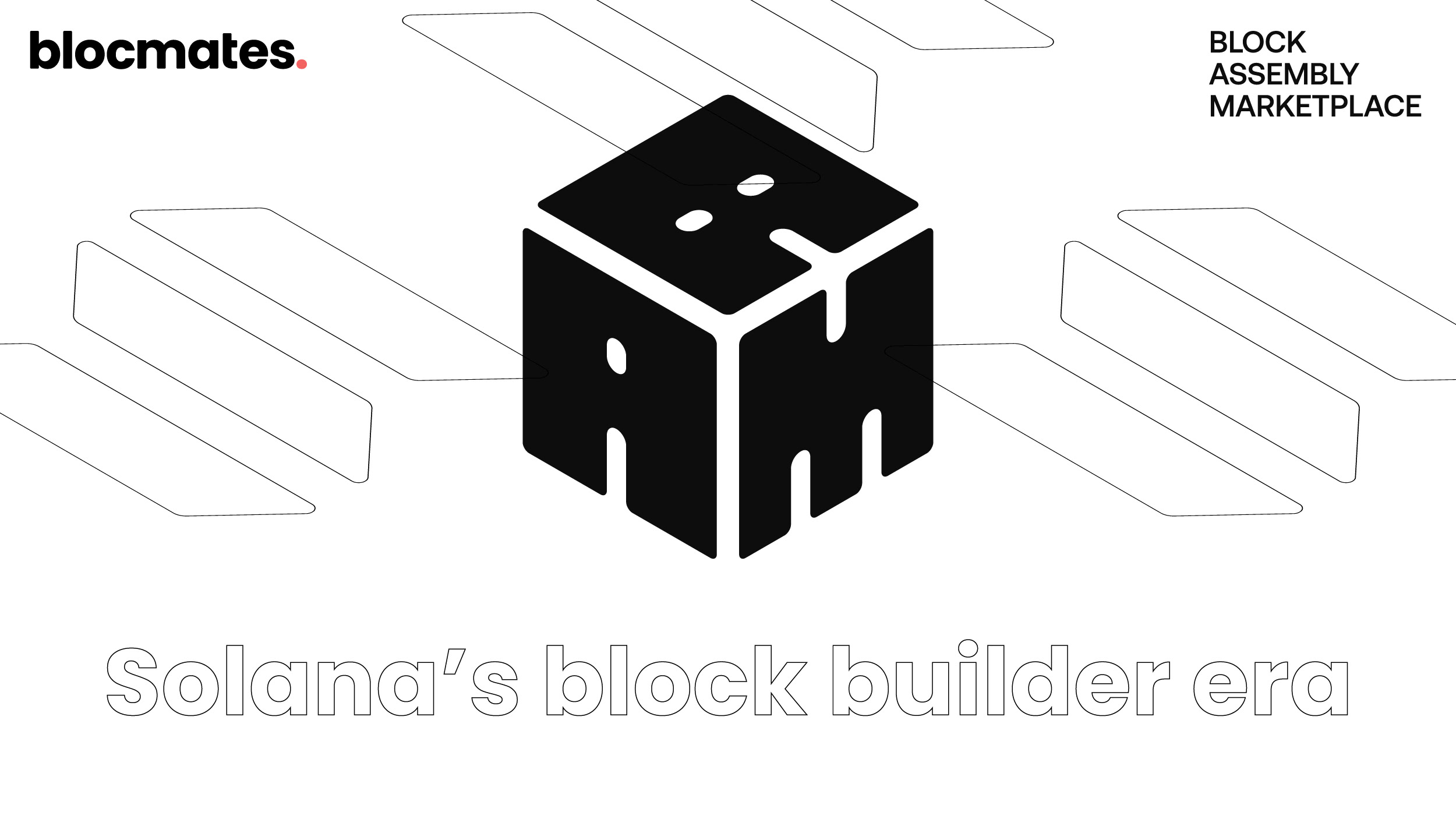


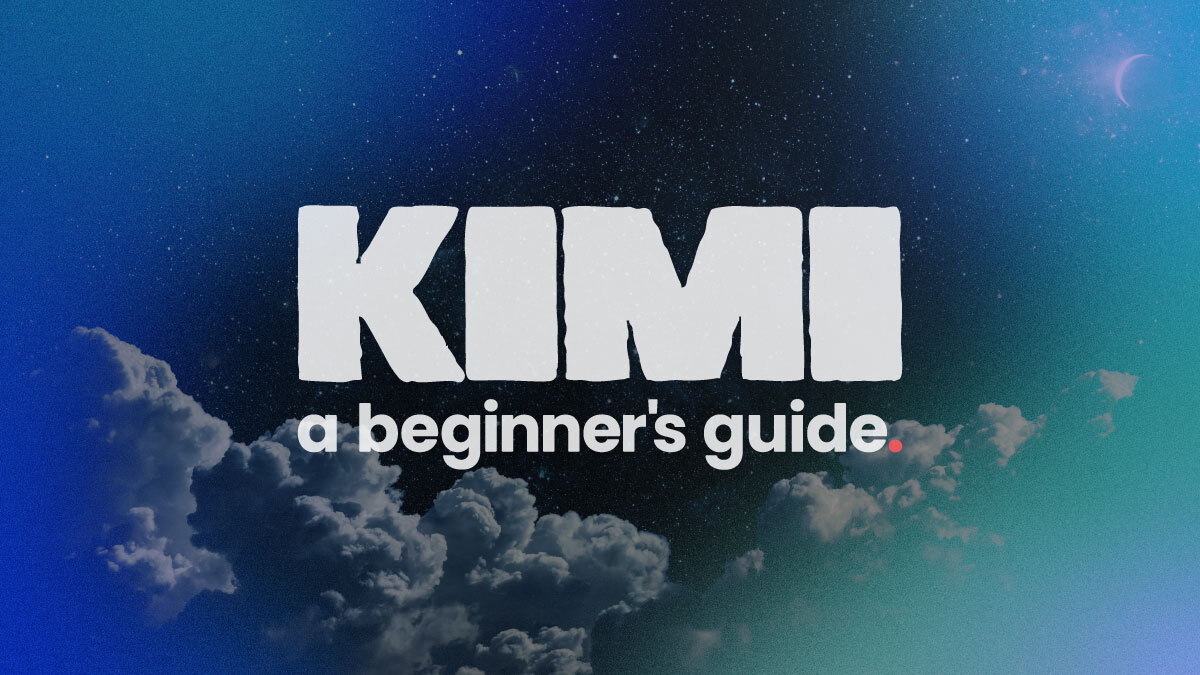
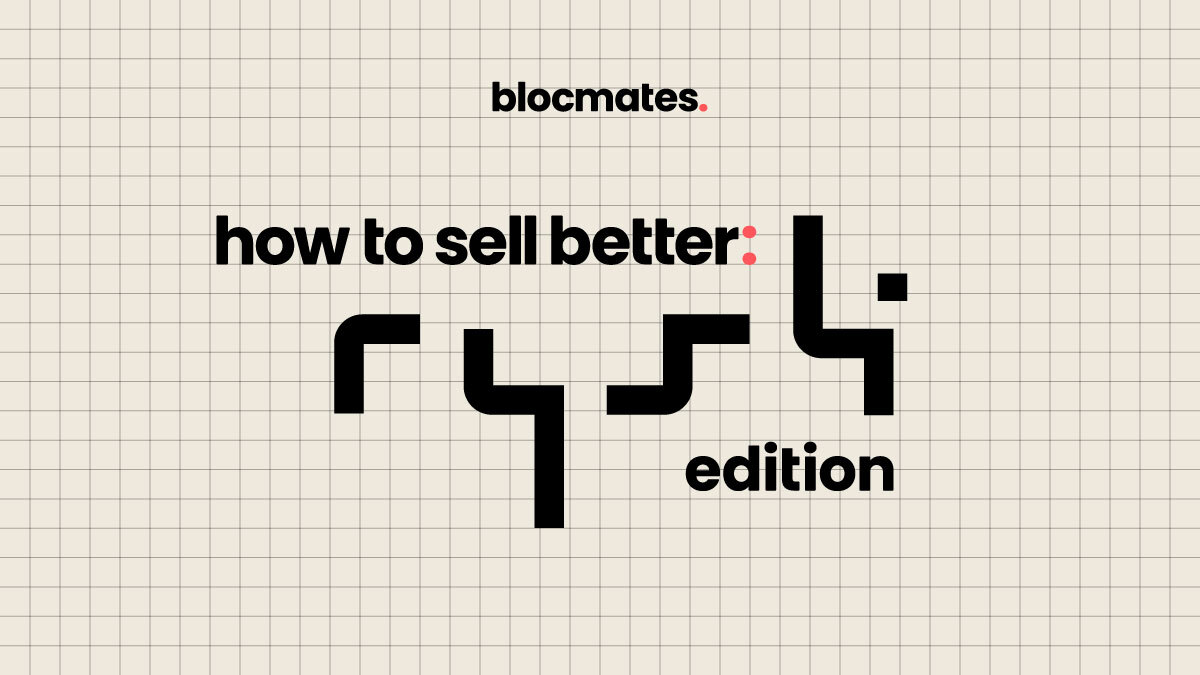


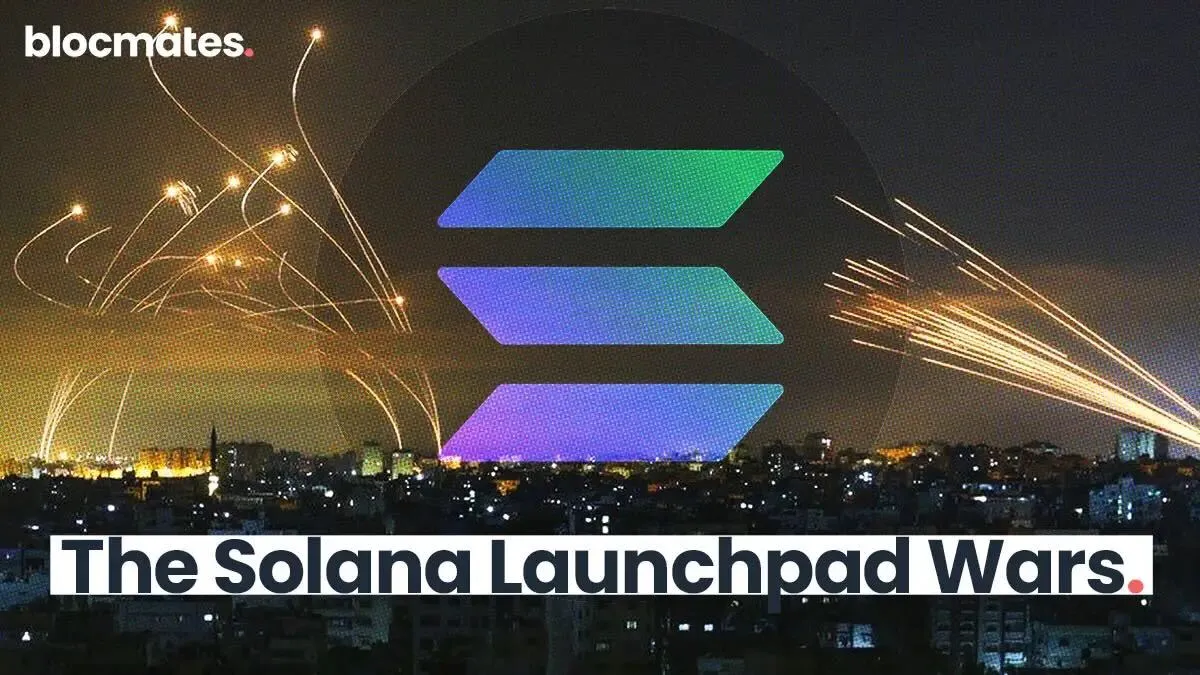




















%202.webp)


.webp)

.webp)
.webp)
.webp)


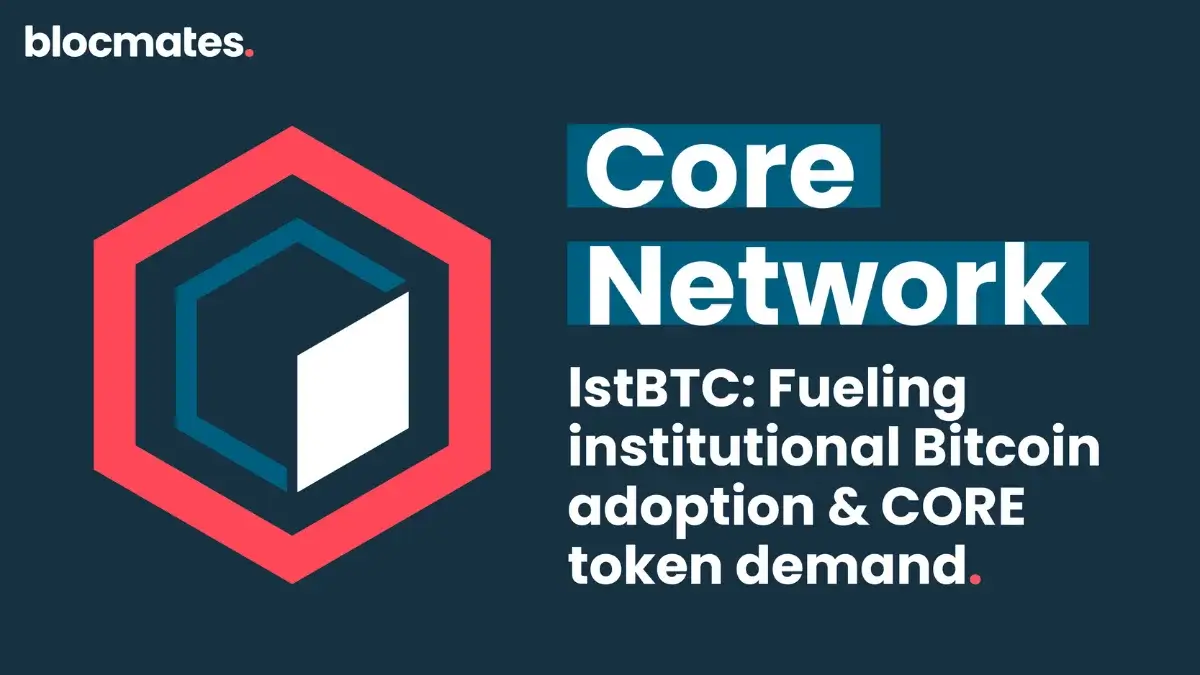
.webp)

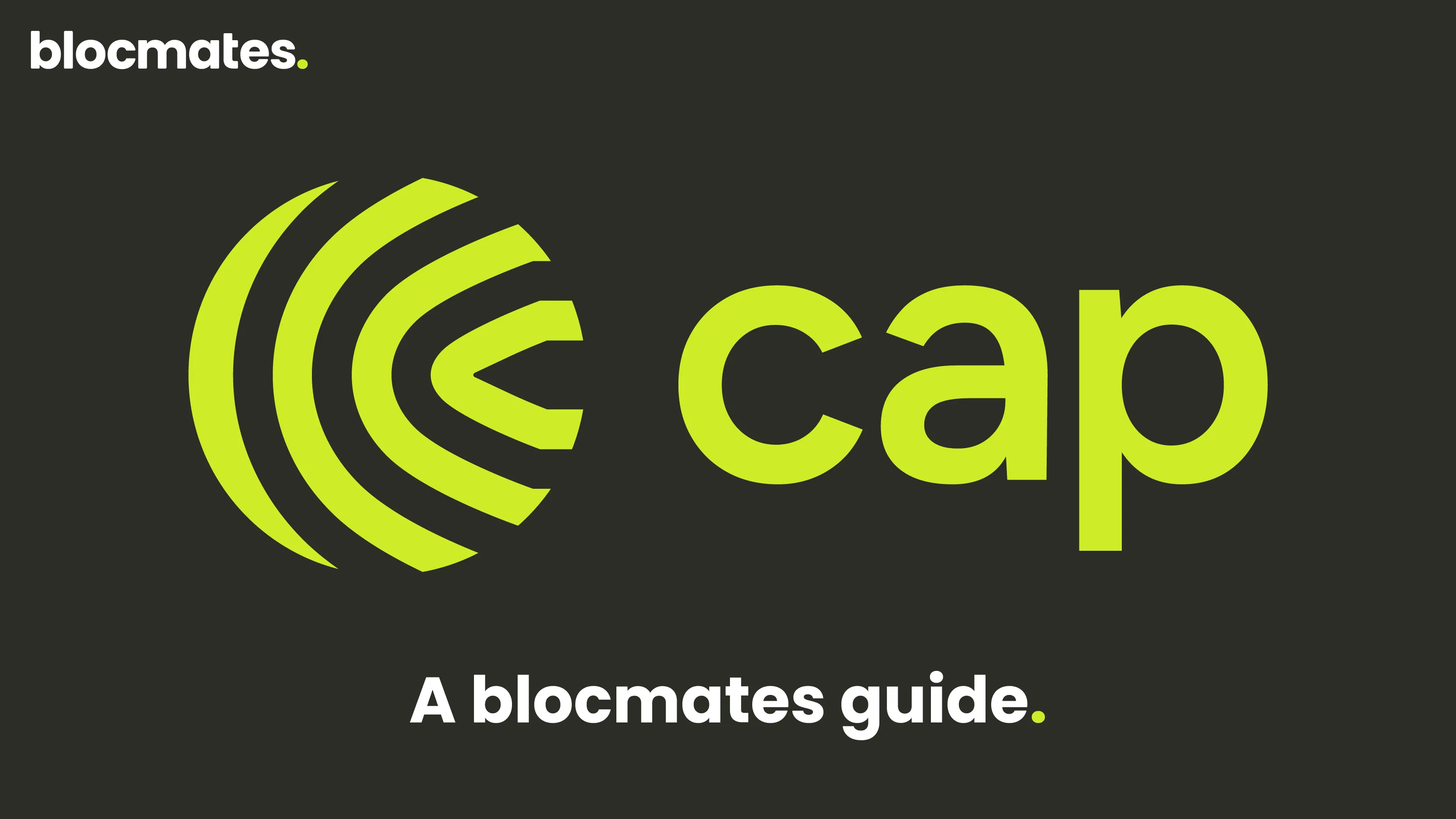










%20the%20Next%20Big%20Unlock%20in%20AI.webp)











.webp)
.webp)

.webp)
.webp)
.webp)


.webp)
.webp)










.webp)


.webp)









.webp)







.webp)




.webp)







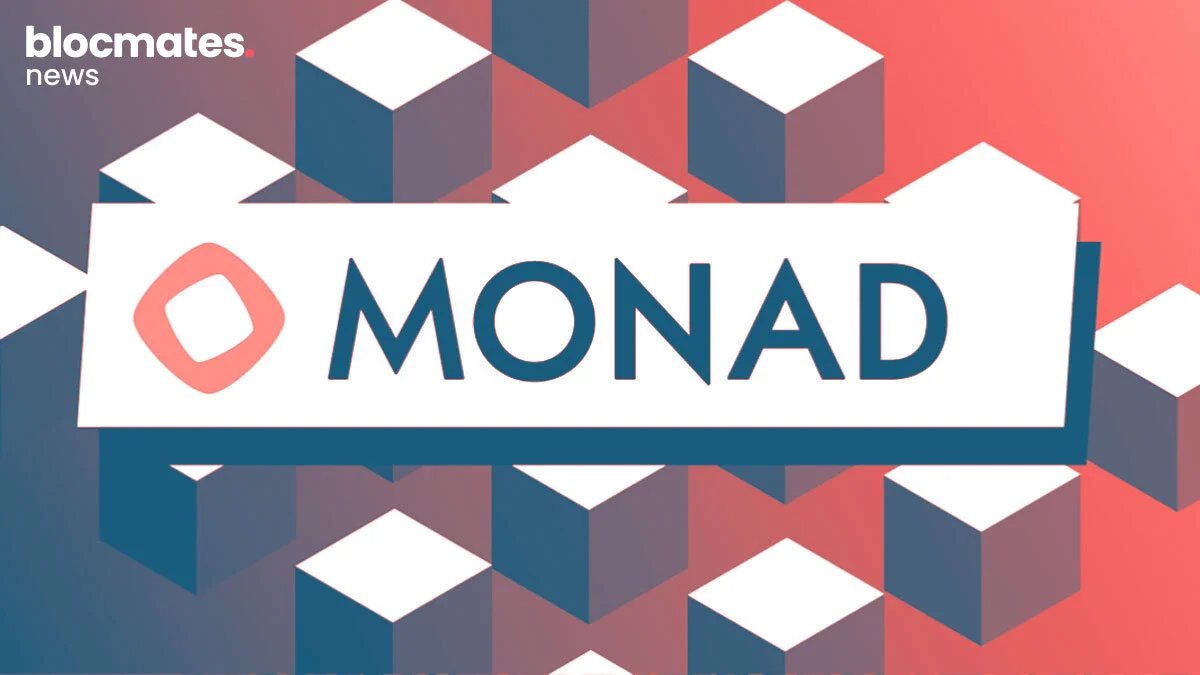
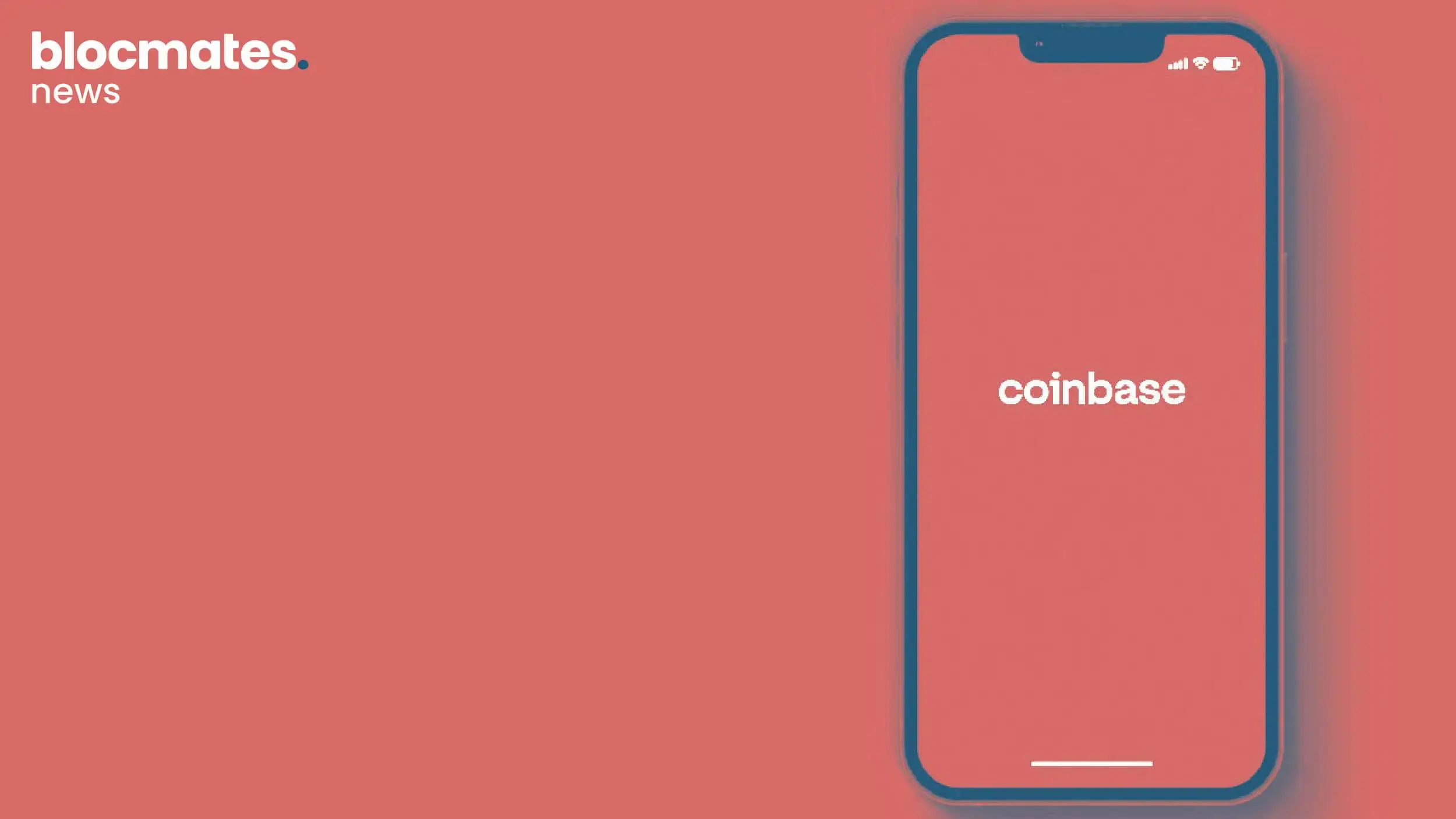

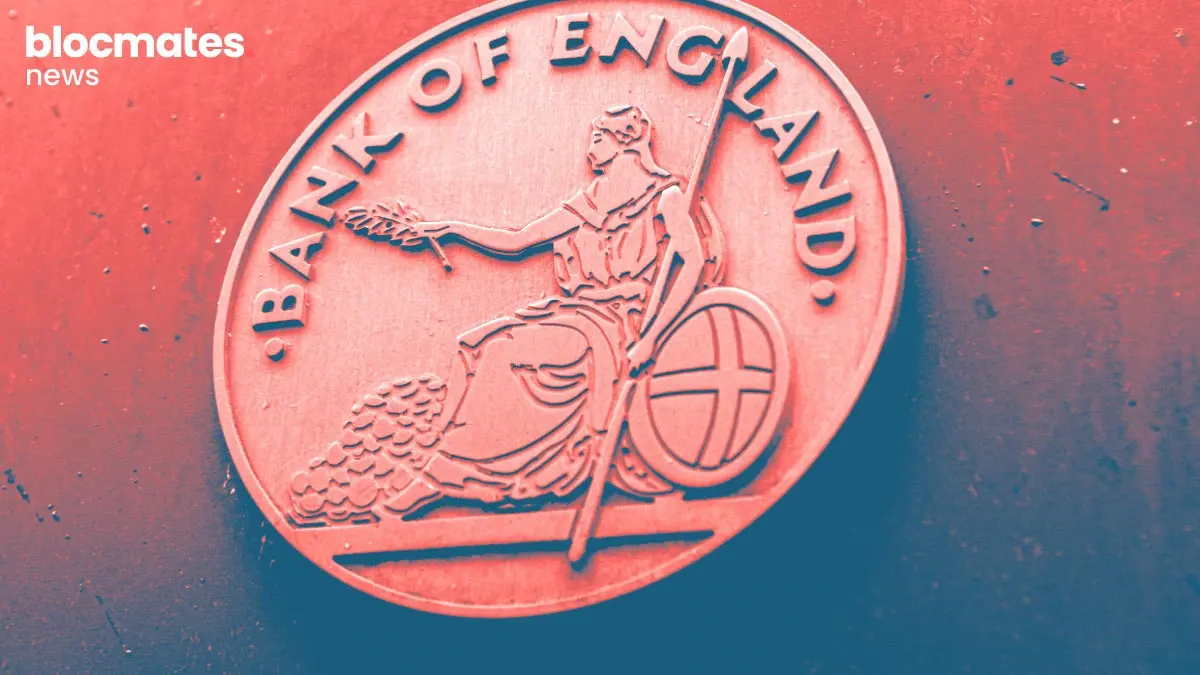
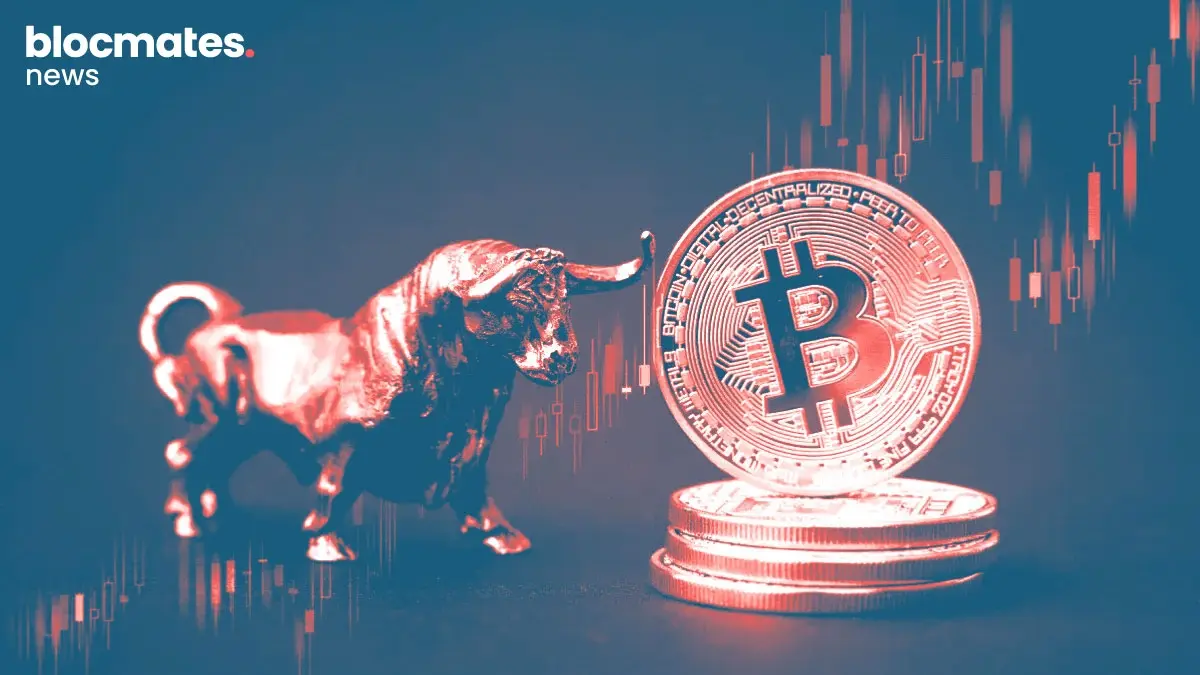

.webp)


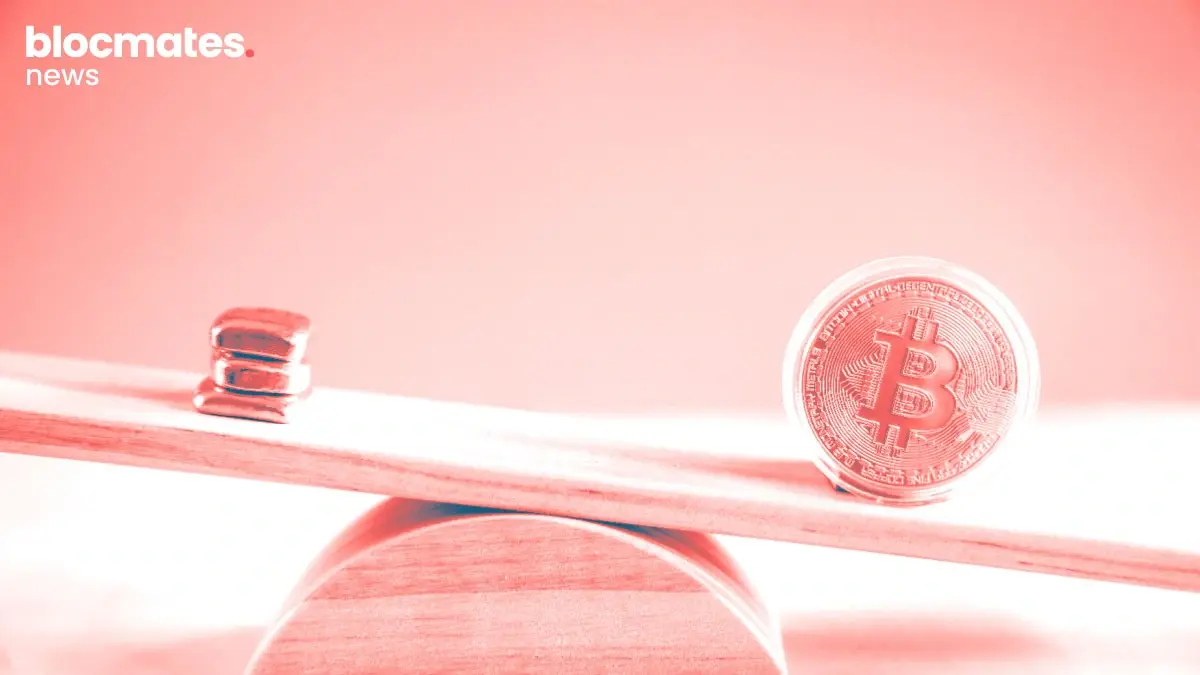
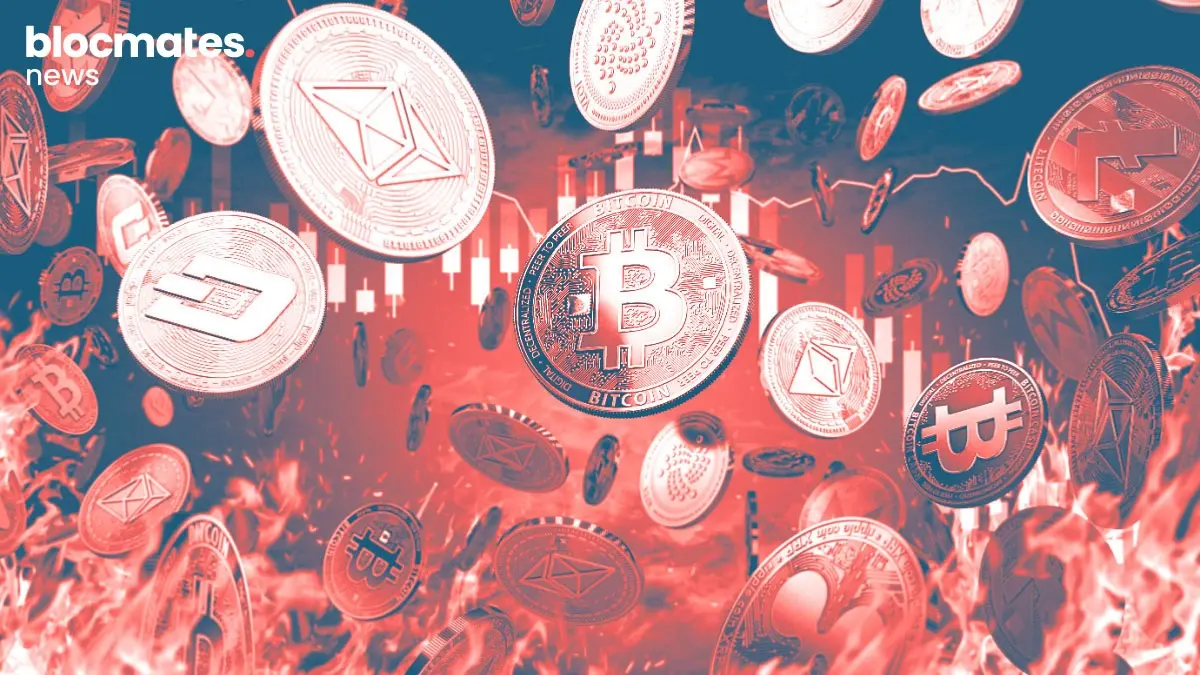

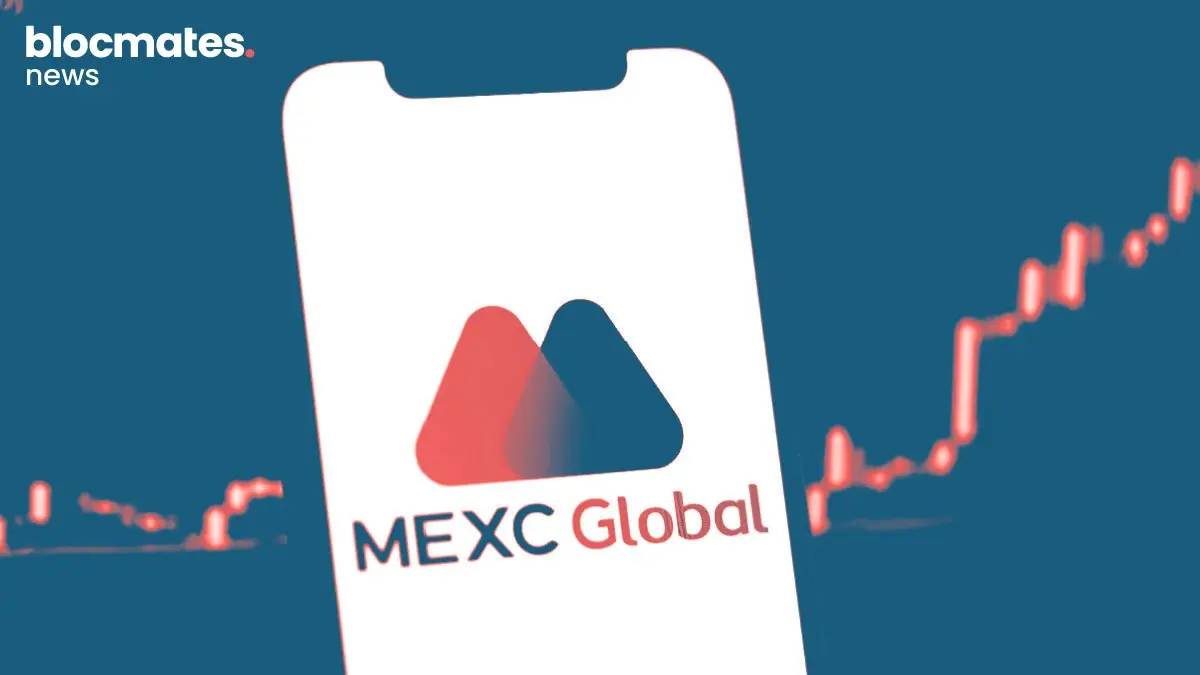

.webp)
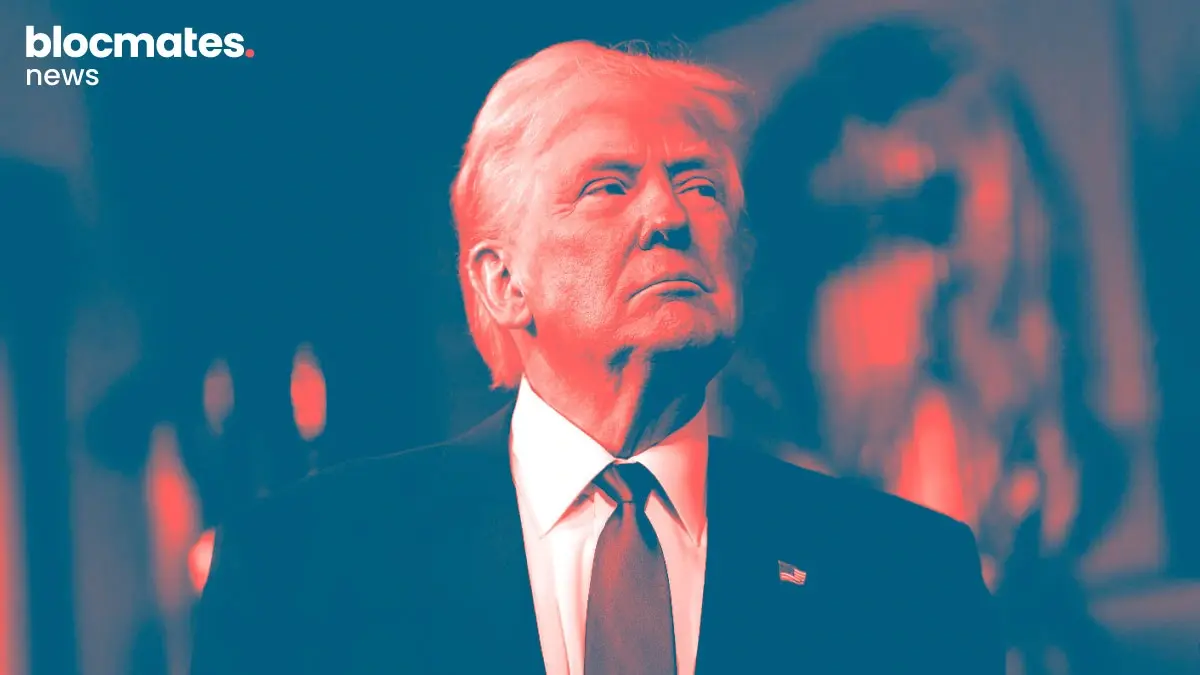

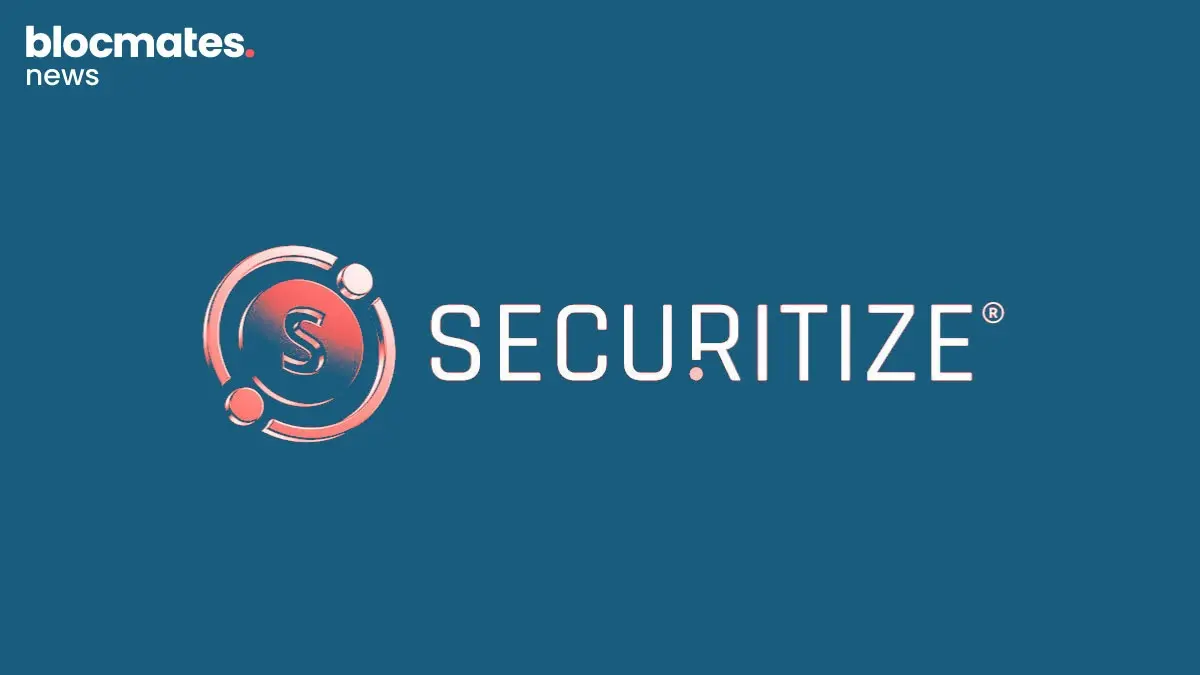
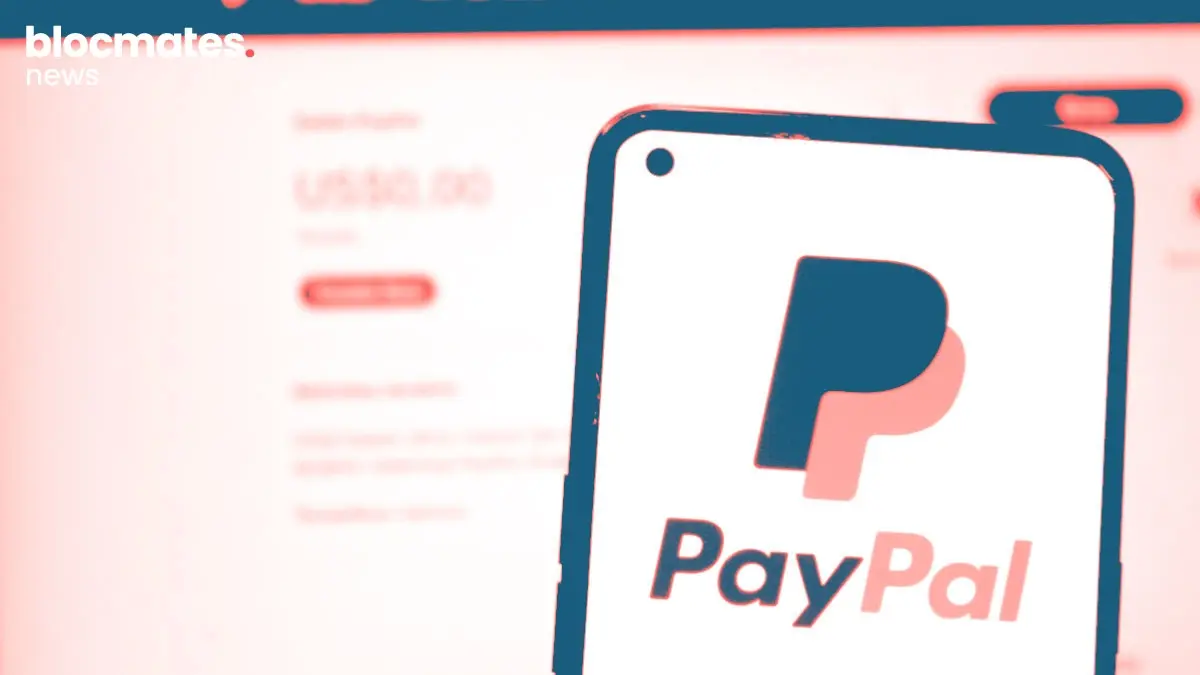
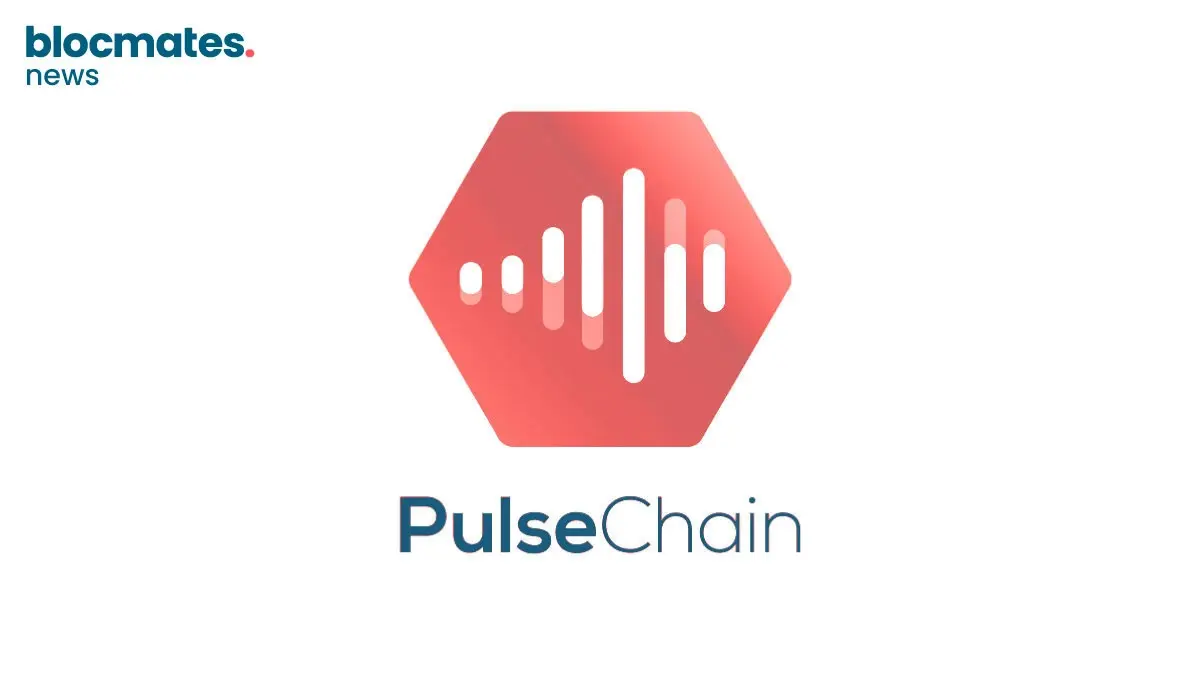
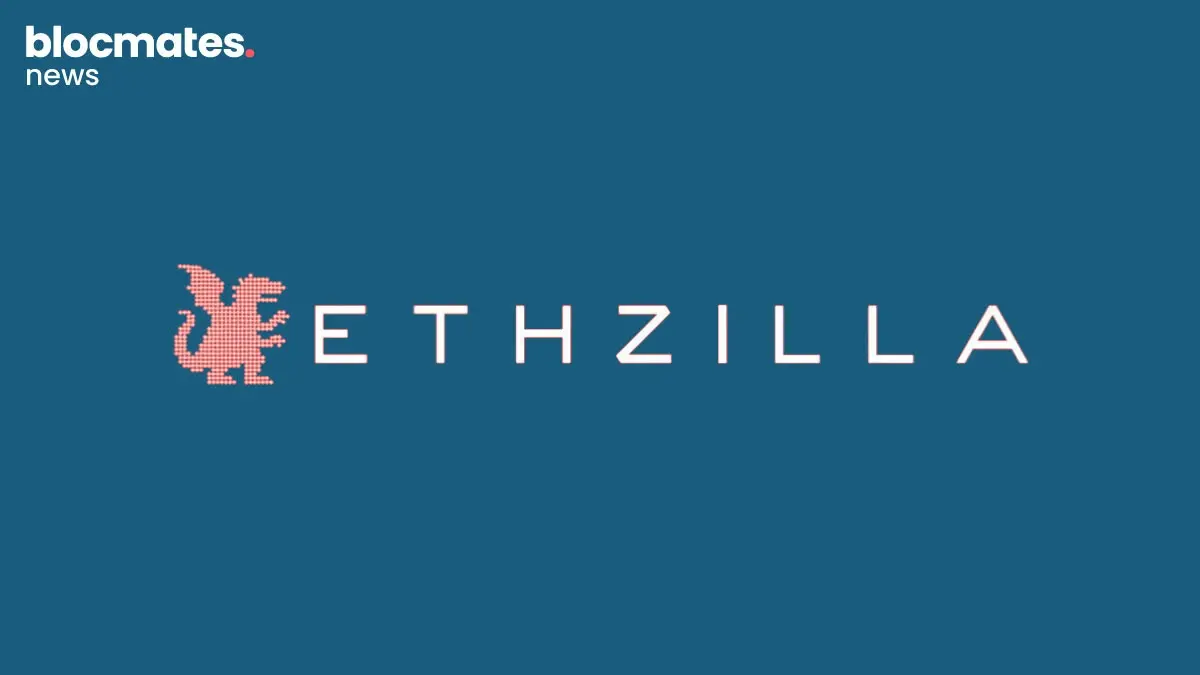
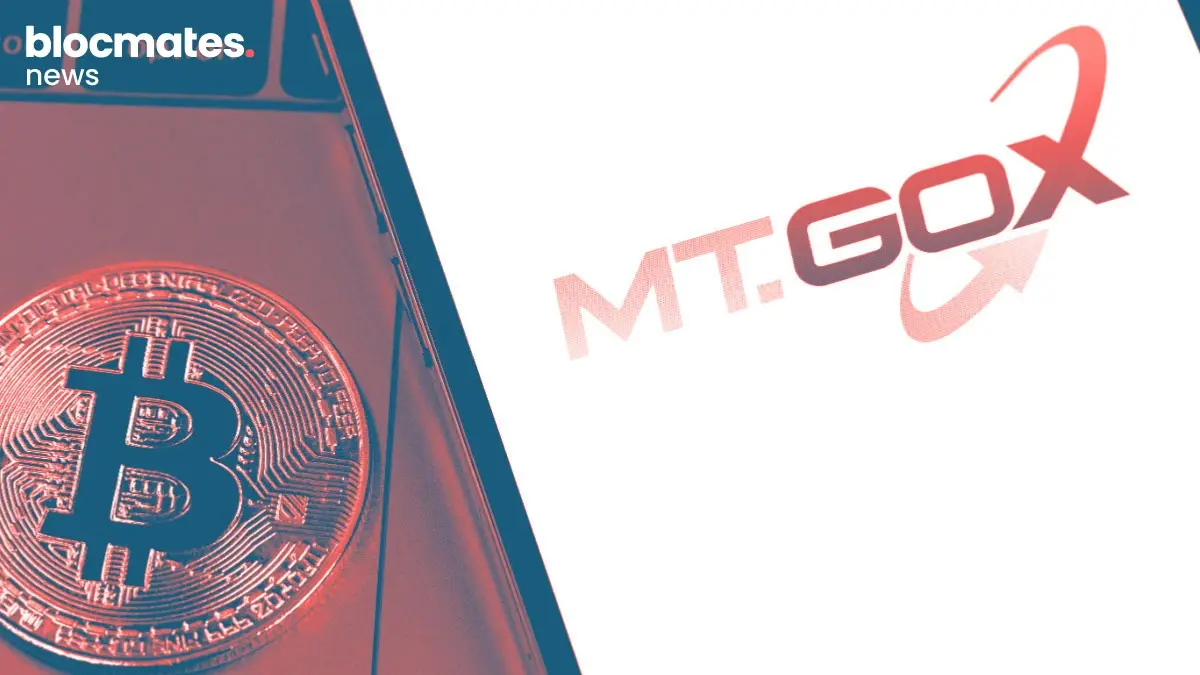

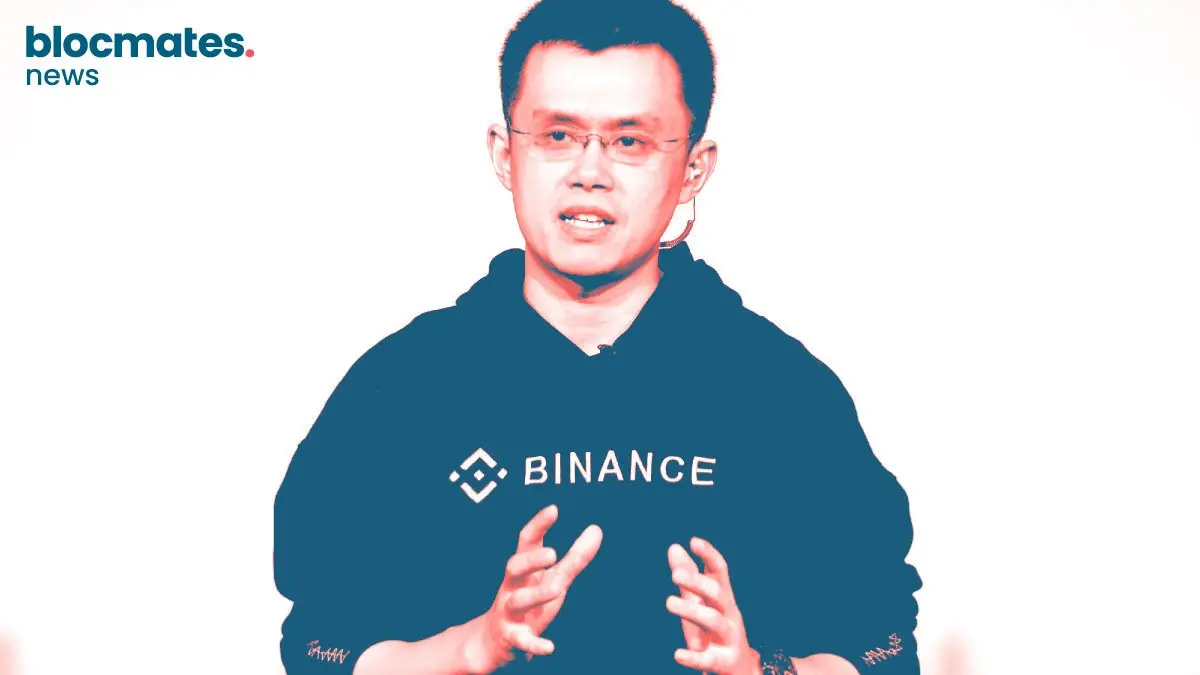

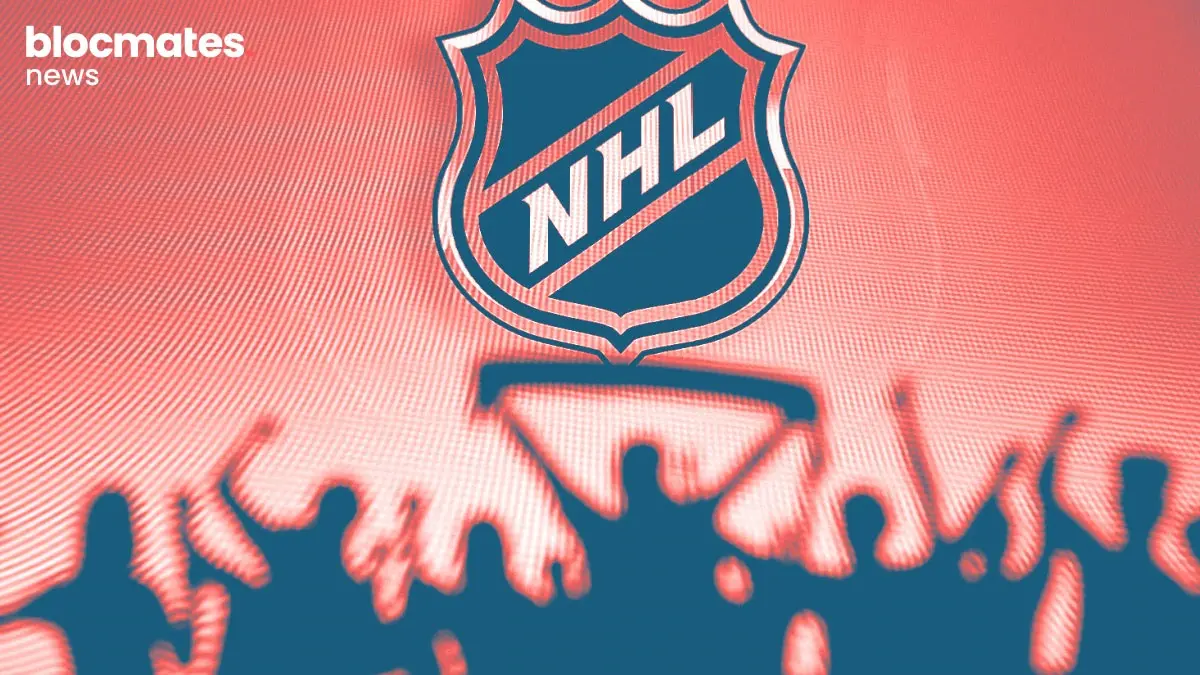
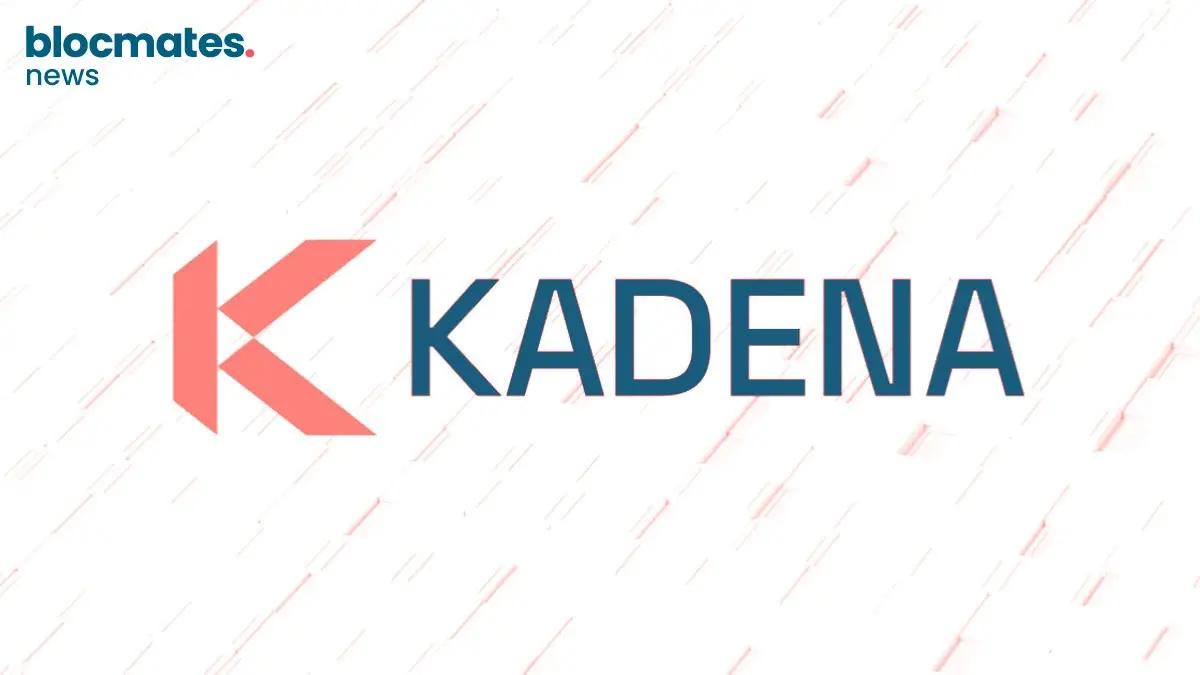

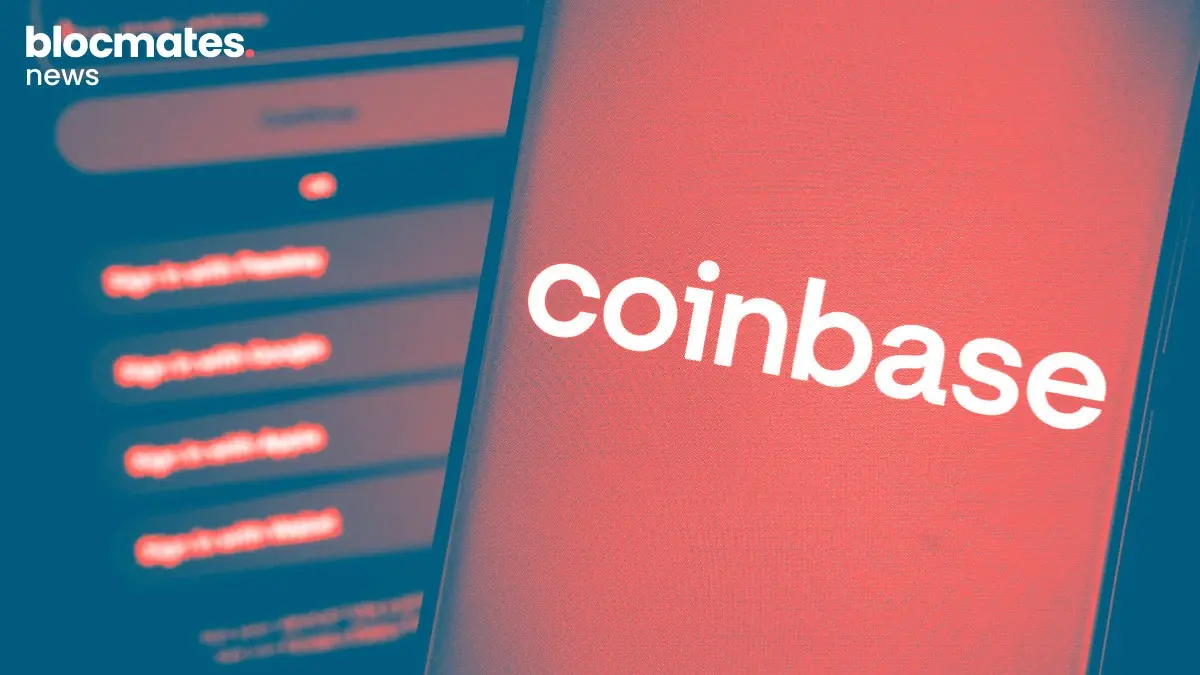

.webp)
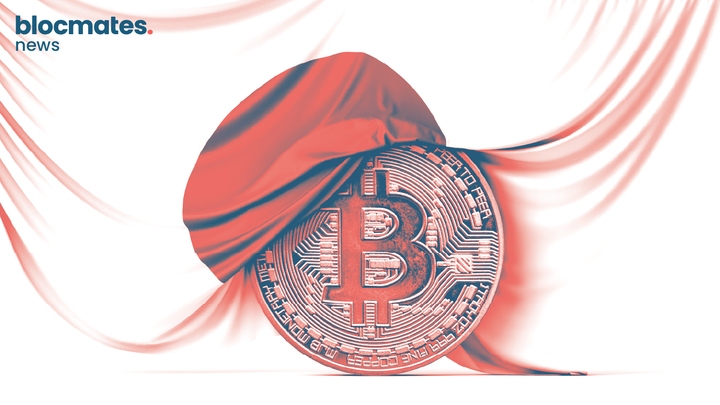
.webp)
.webp)

.webp)
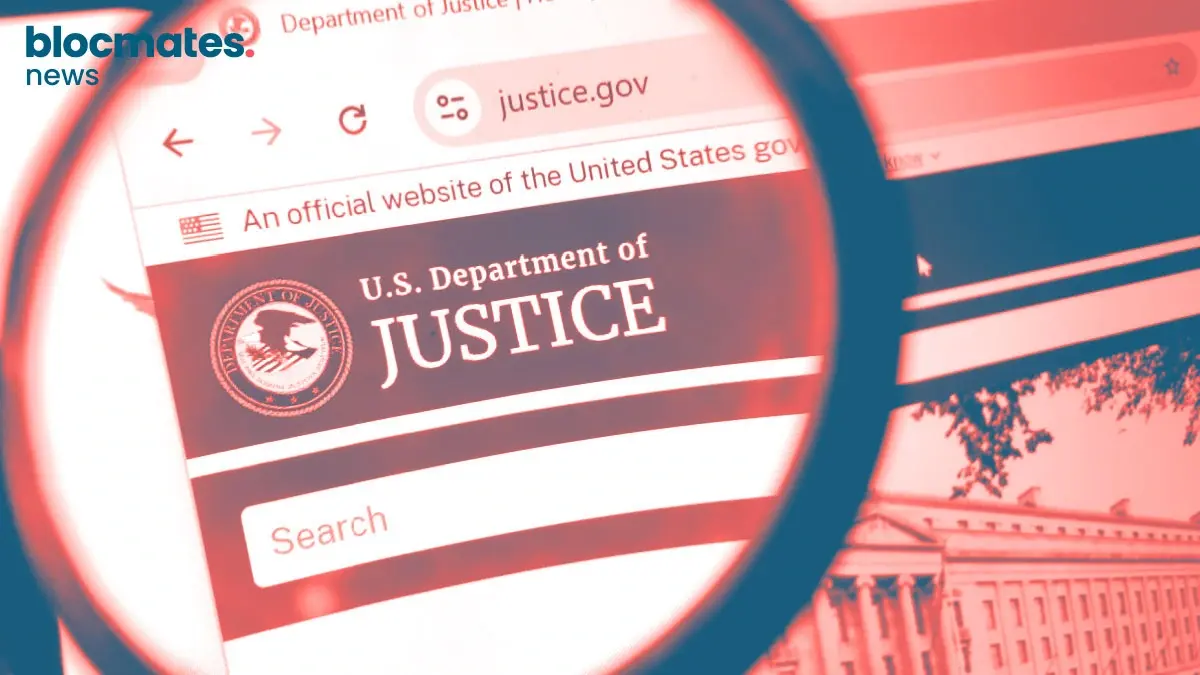

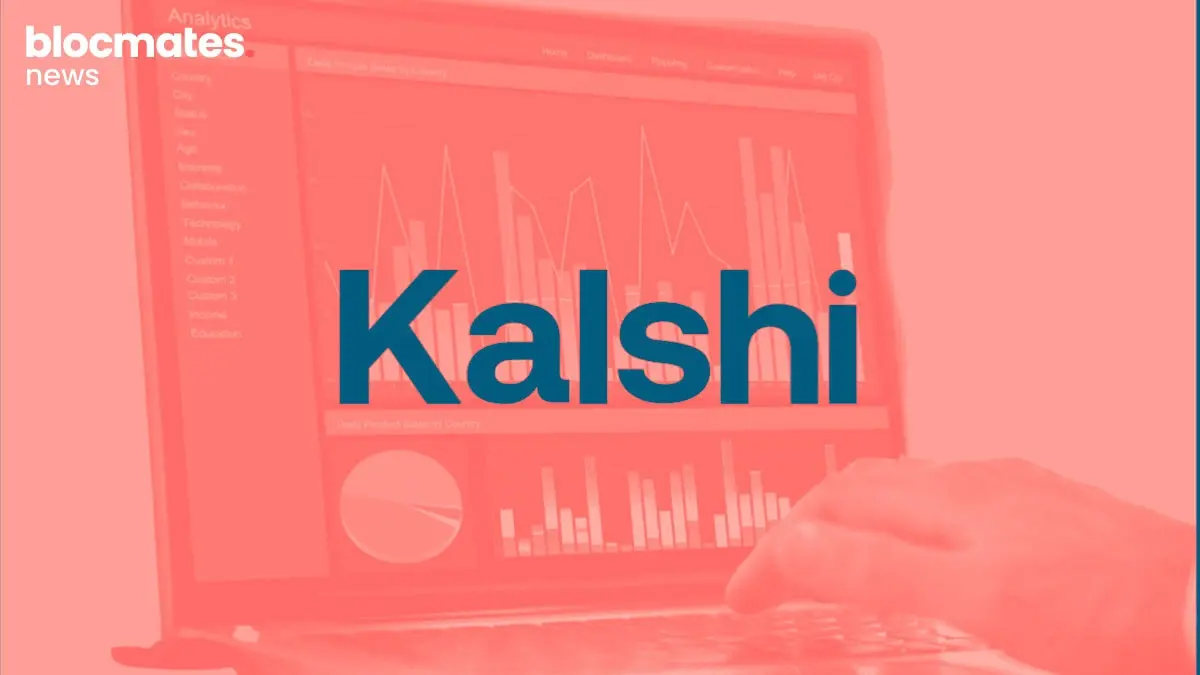
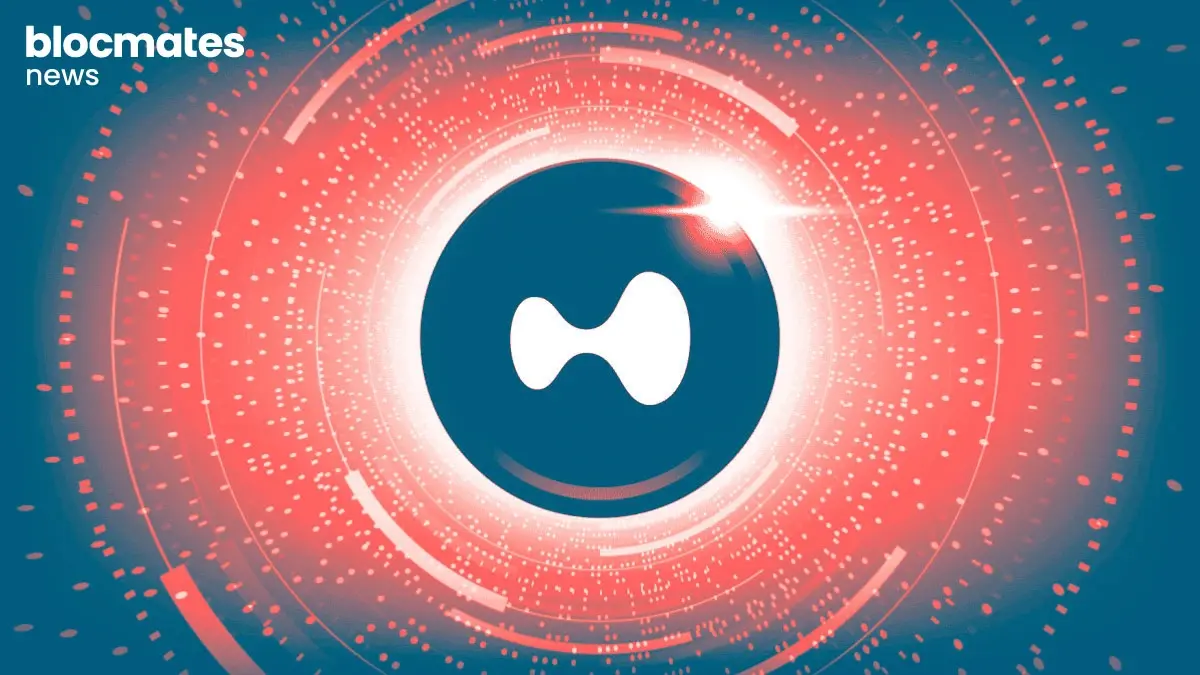
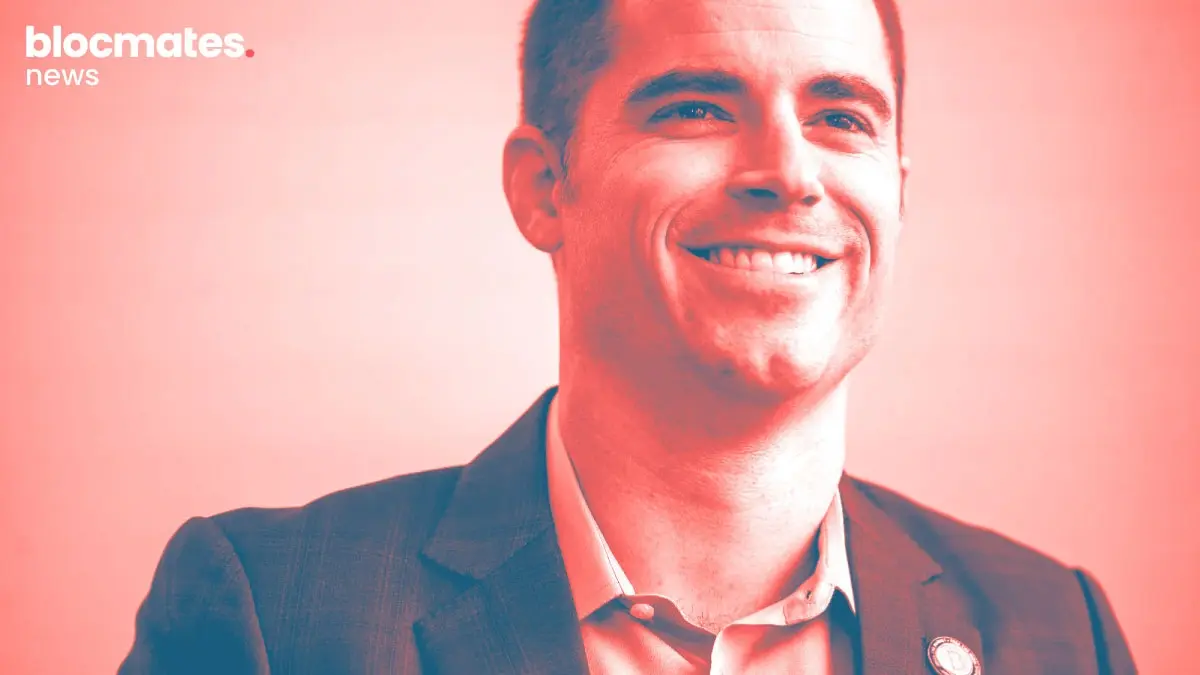


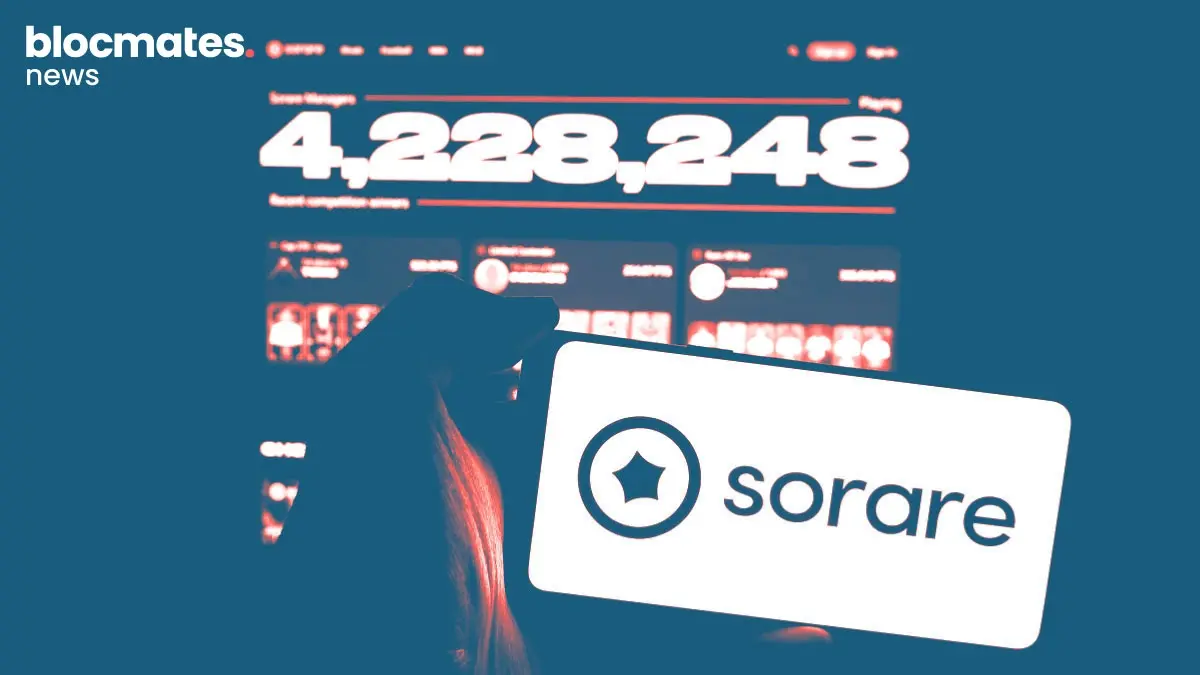

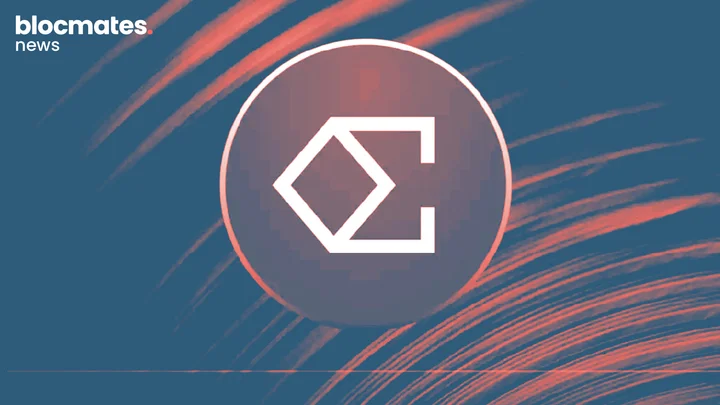



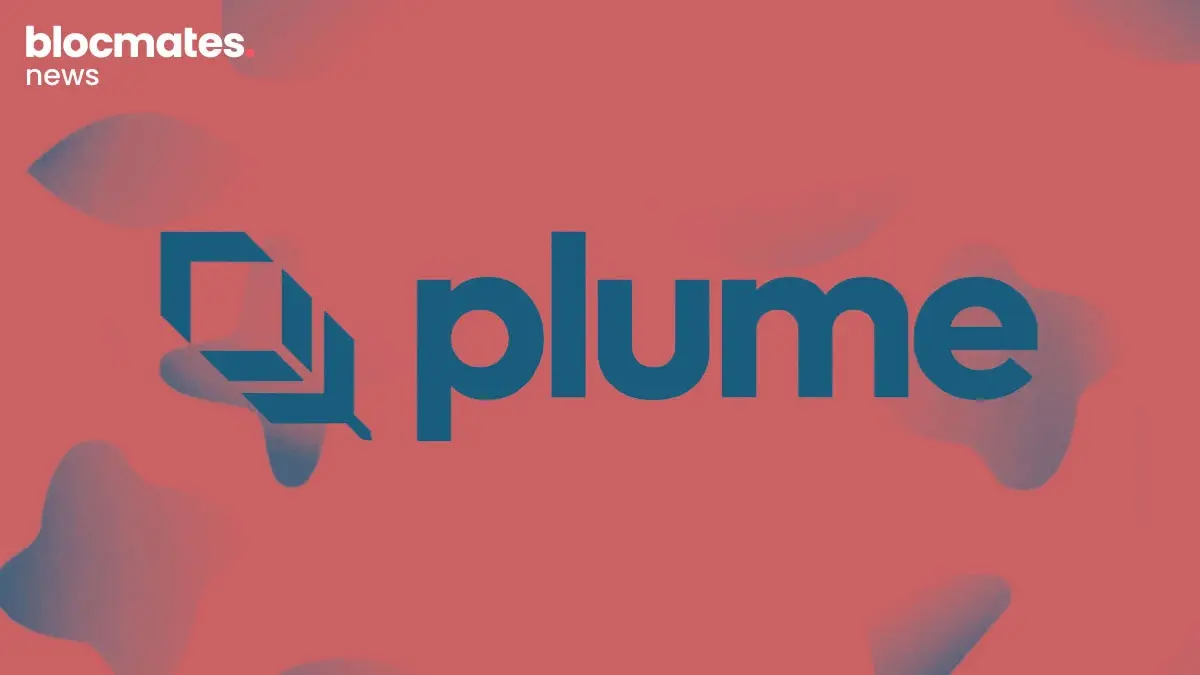

.webp)

.webp)
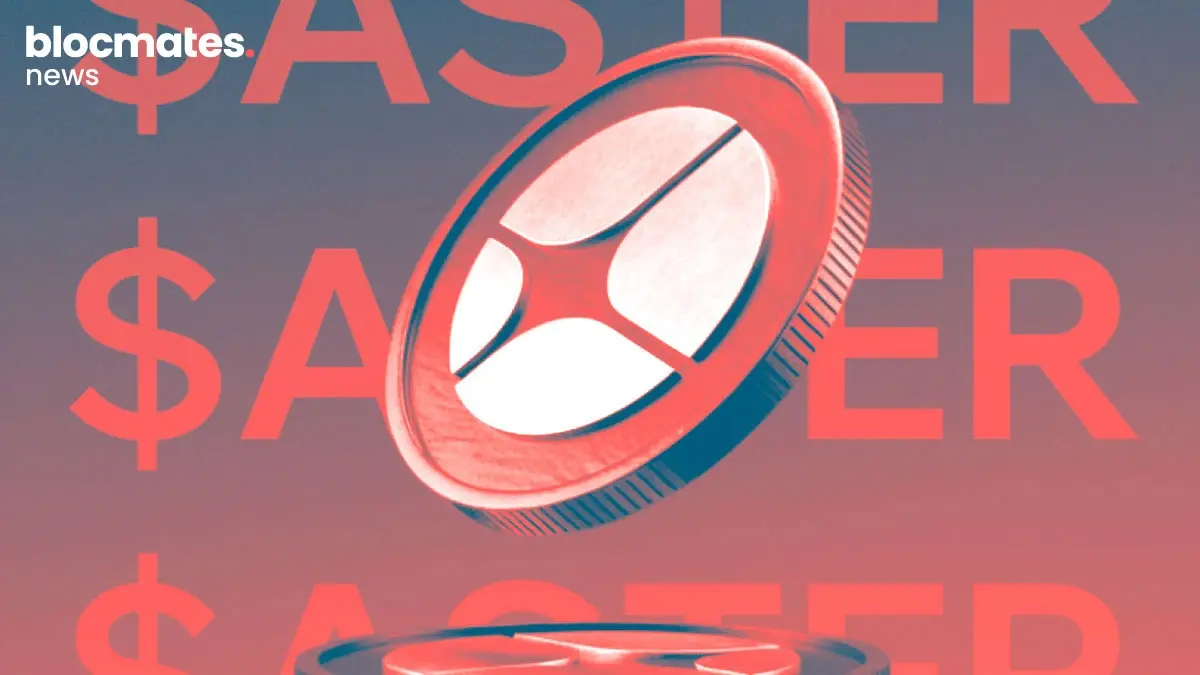

.webp)
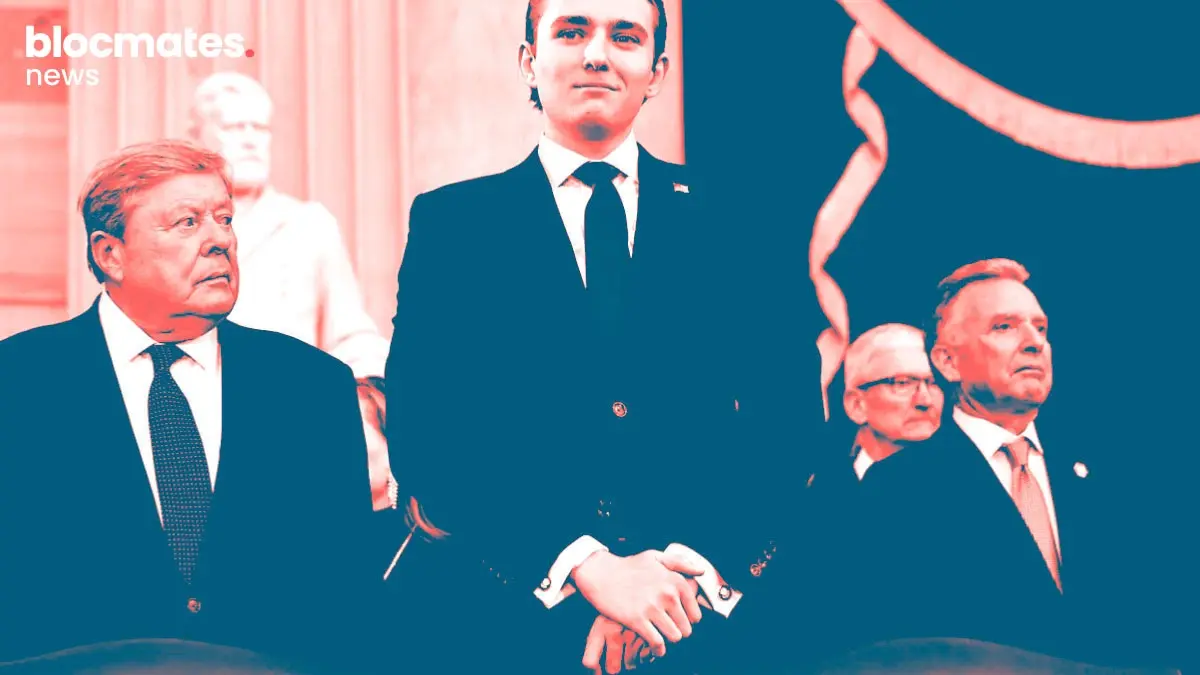
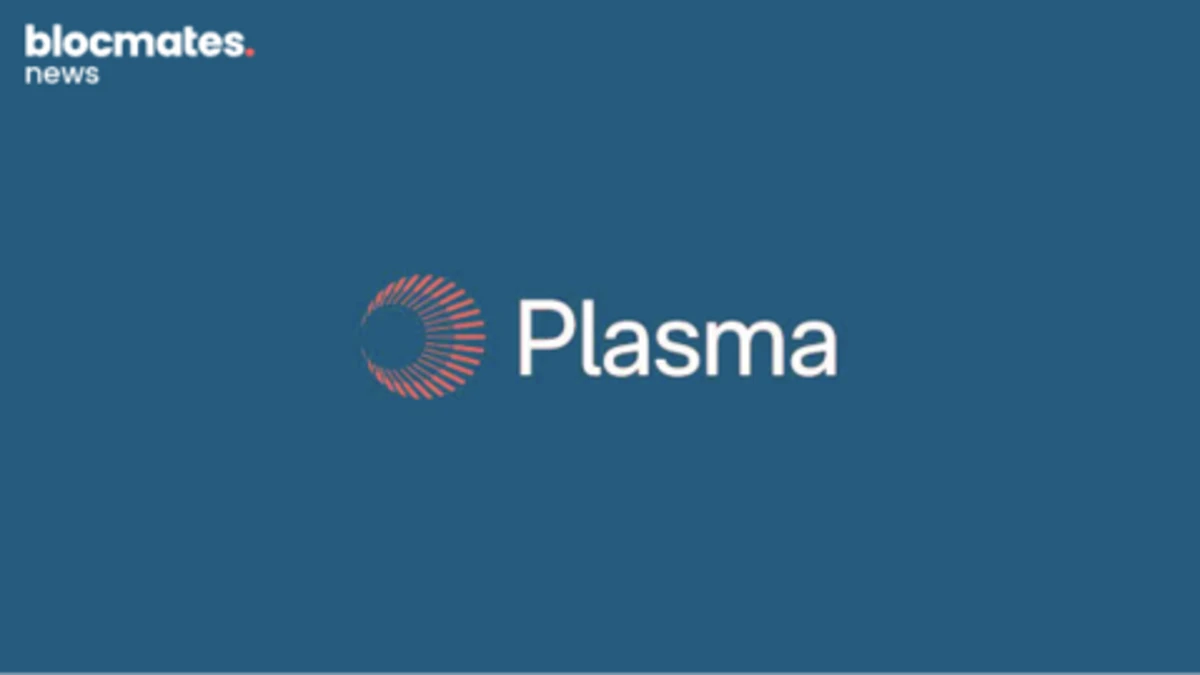

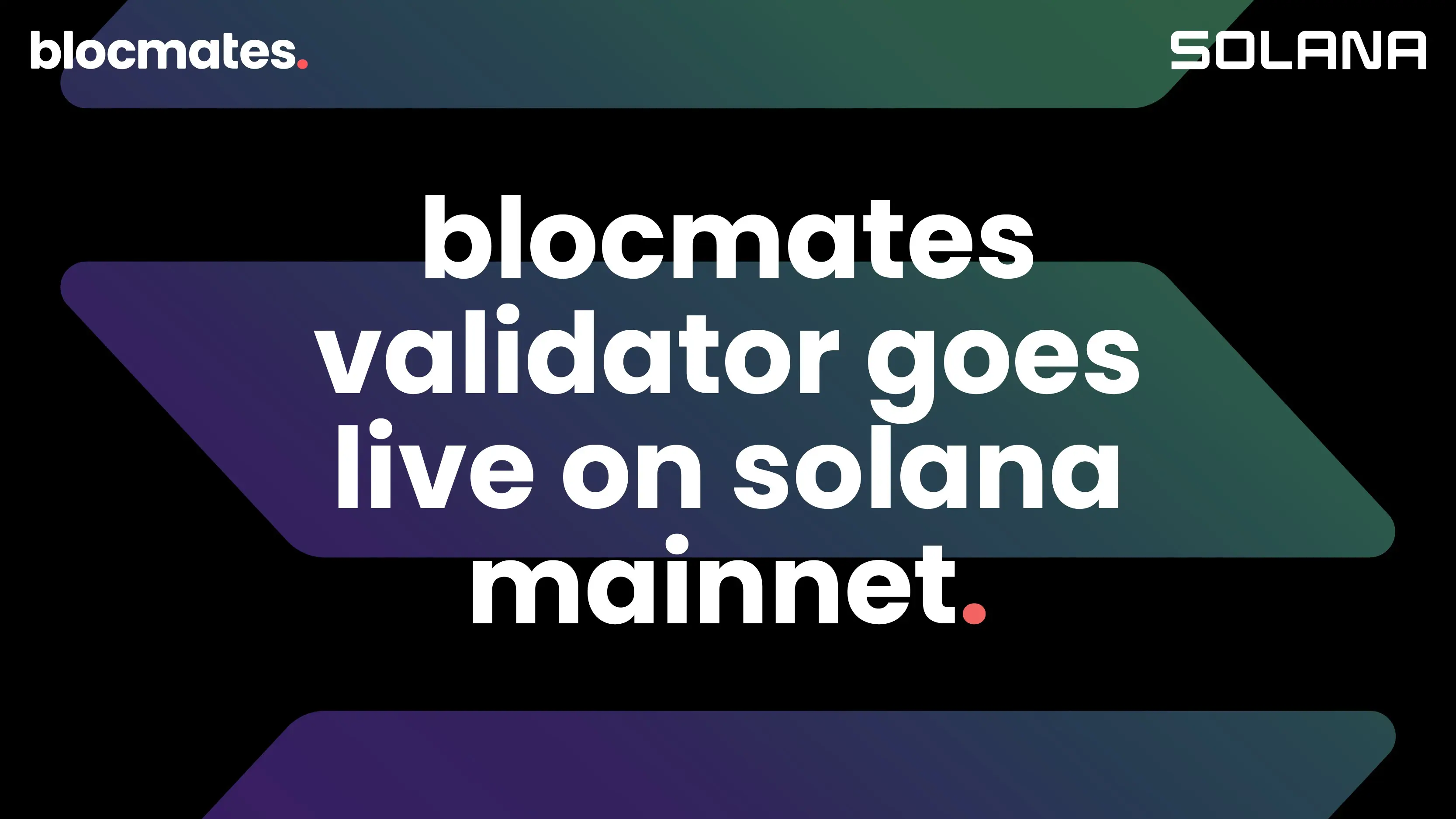




.webp)
